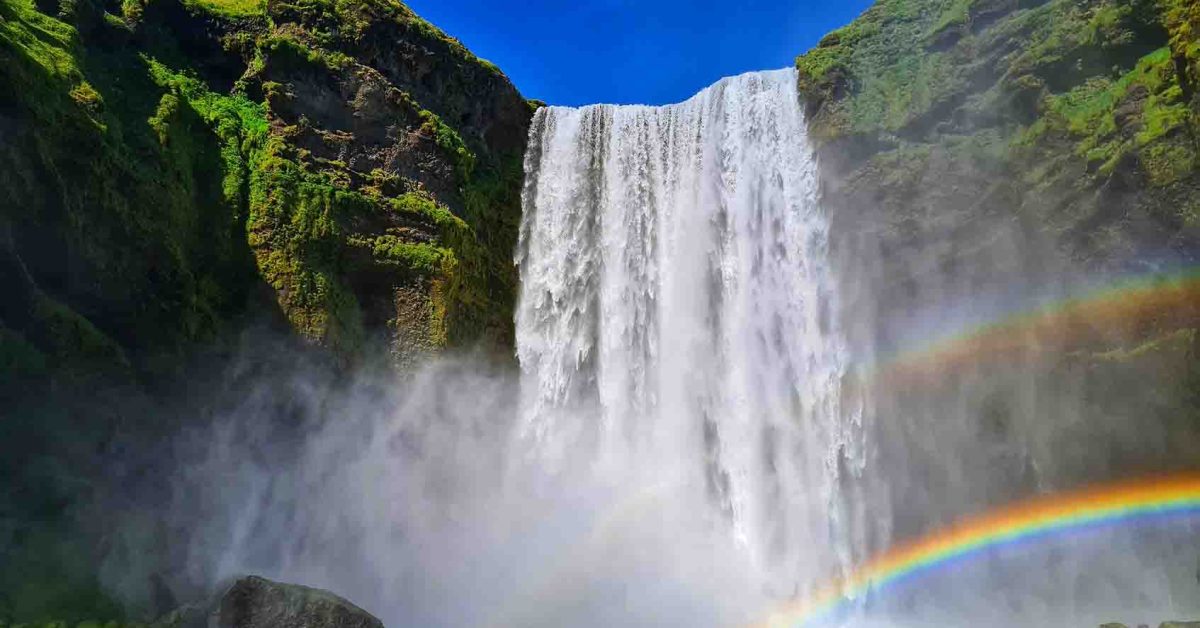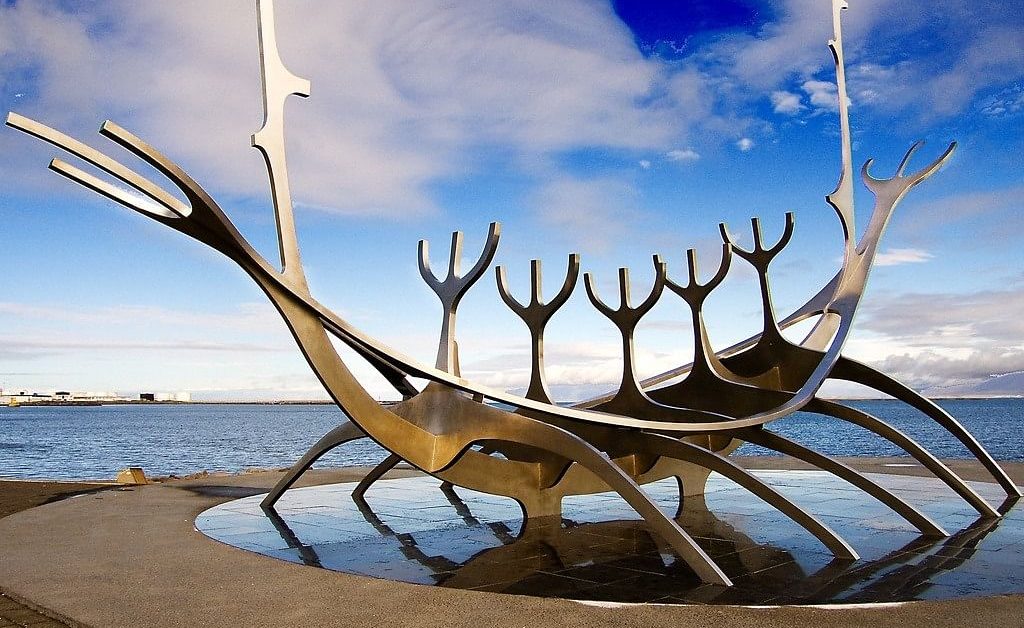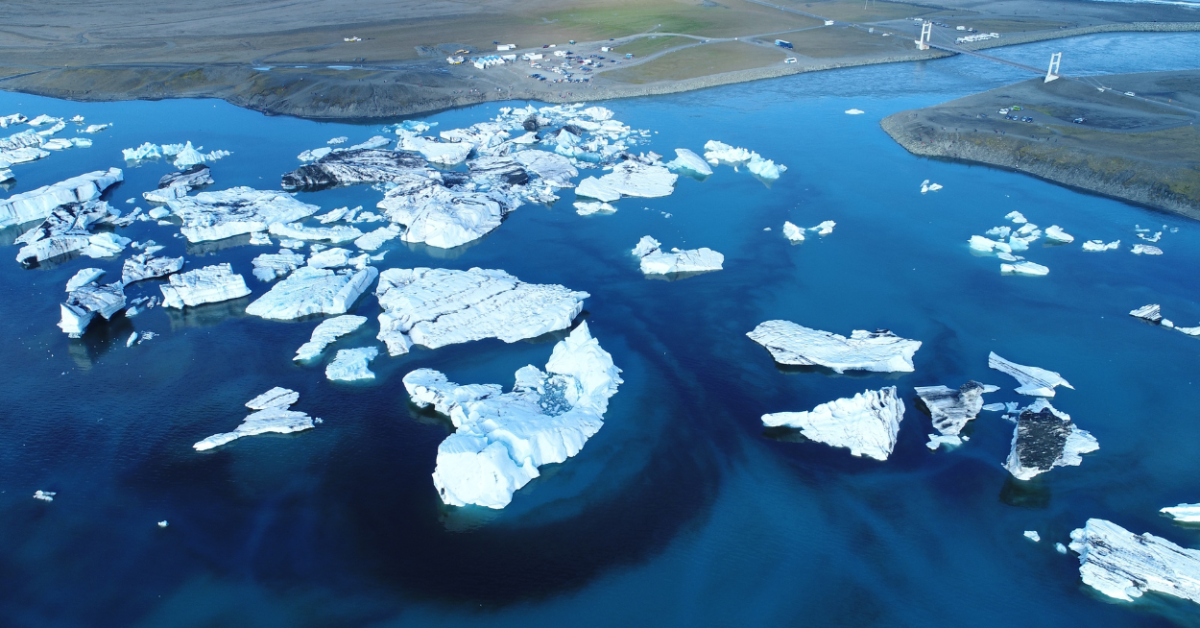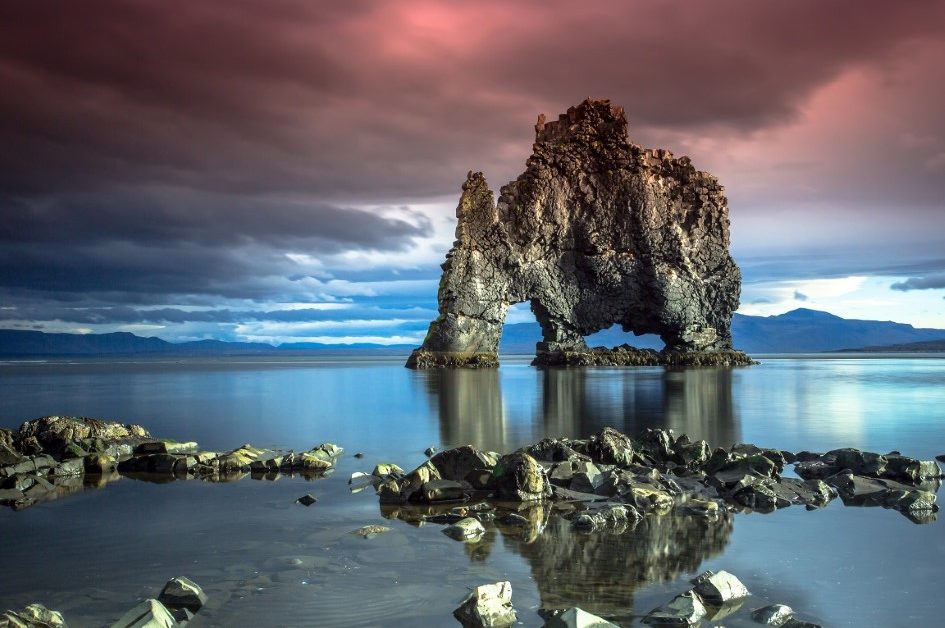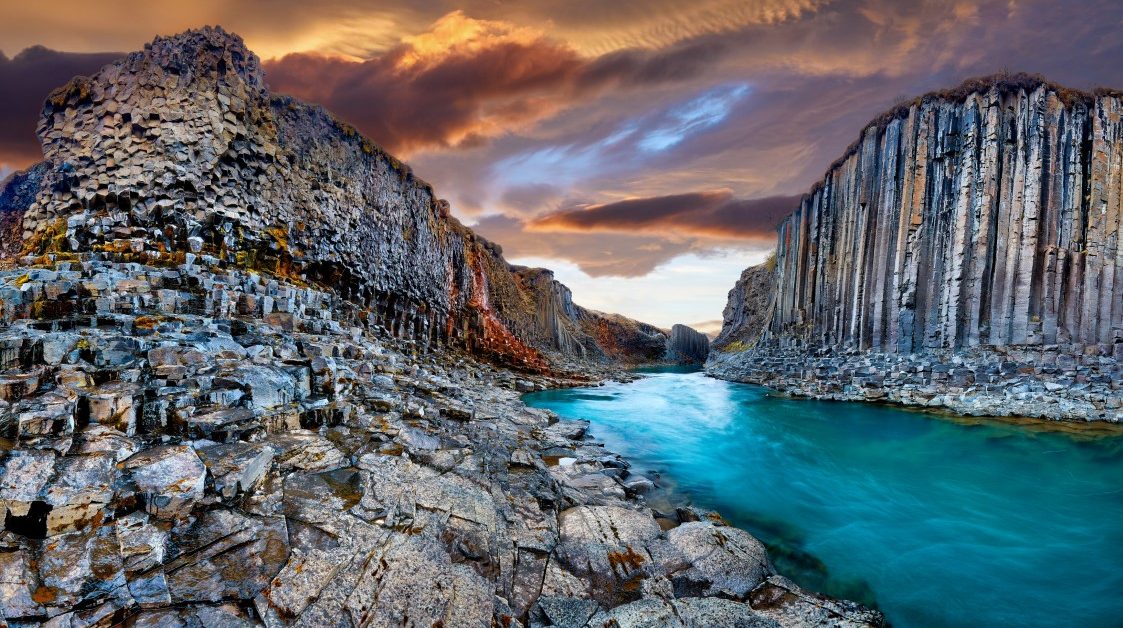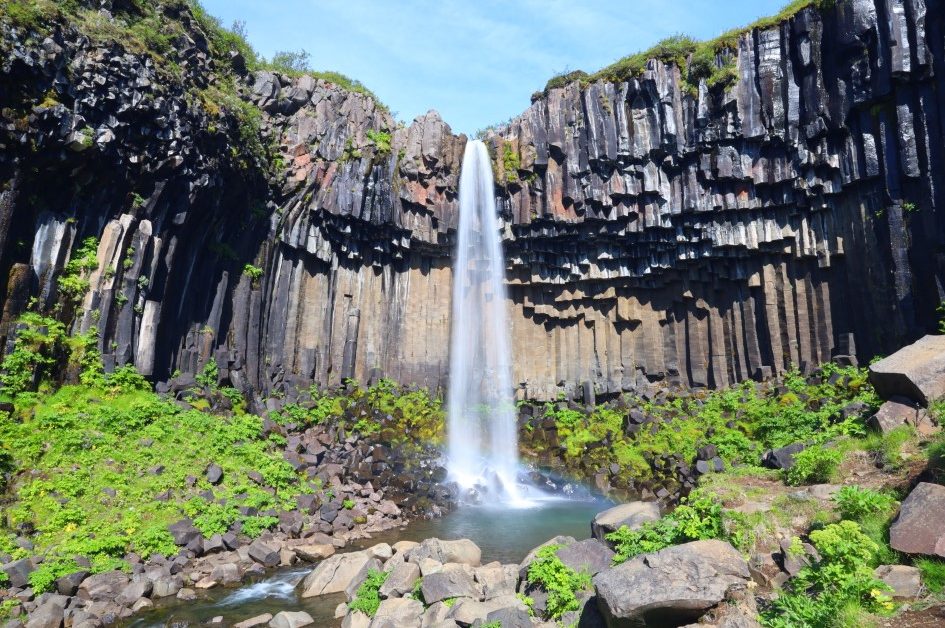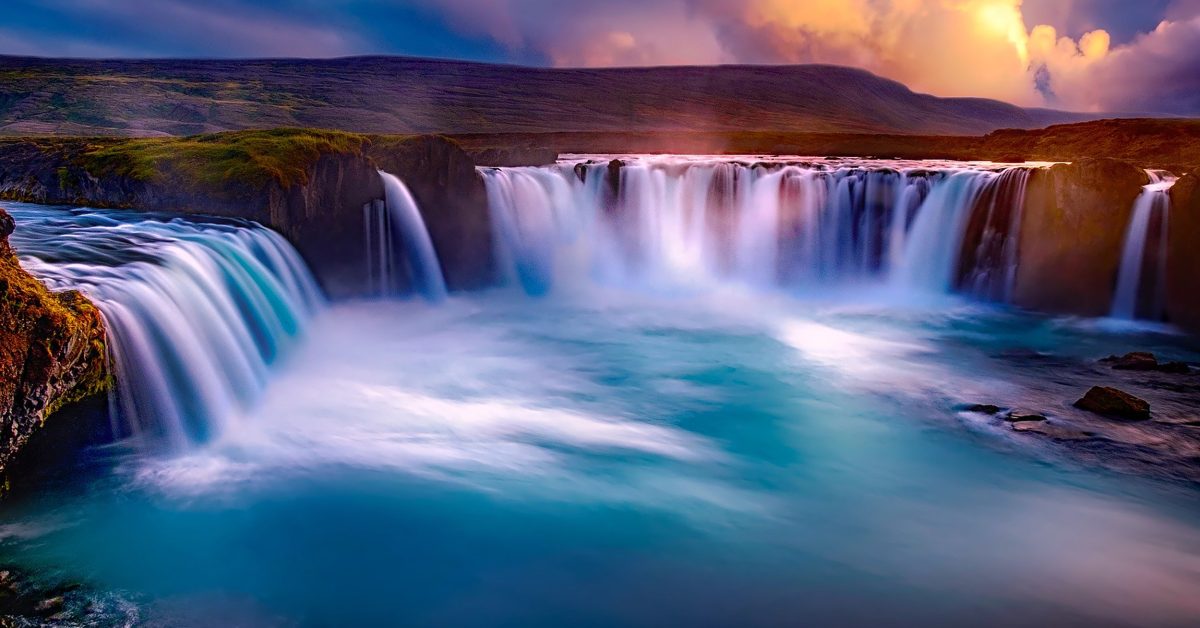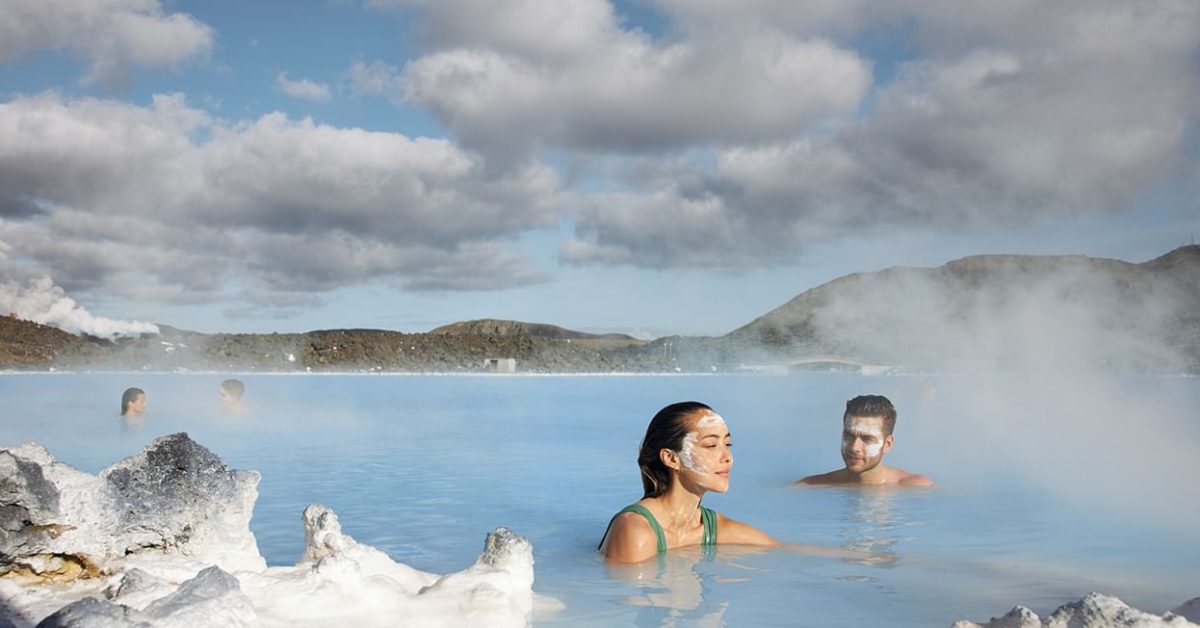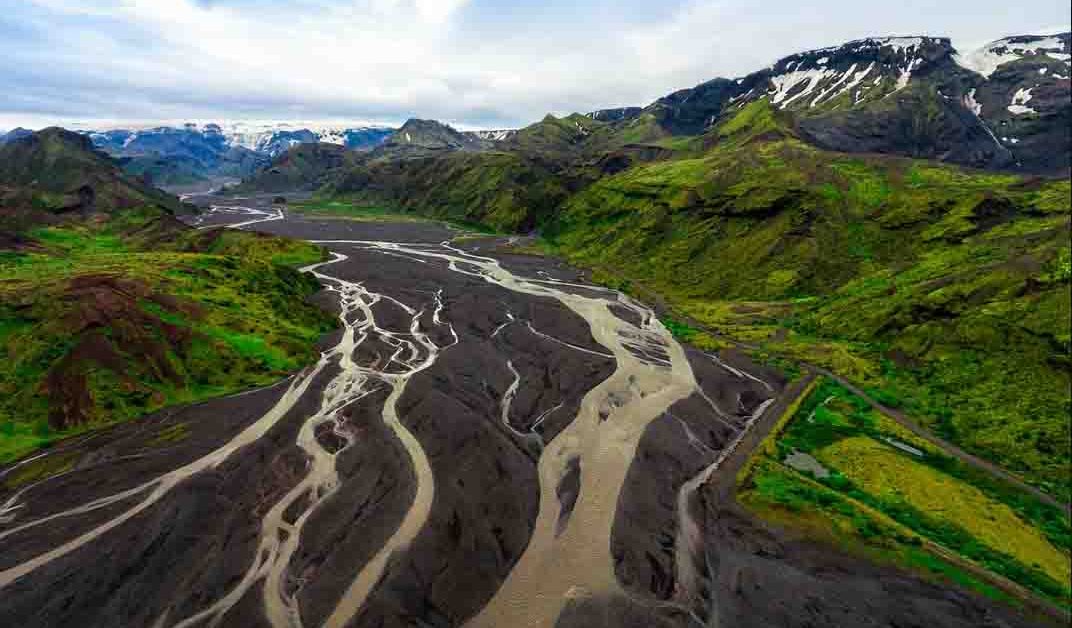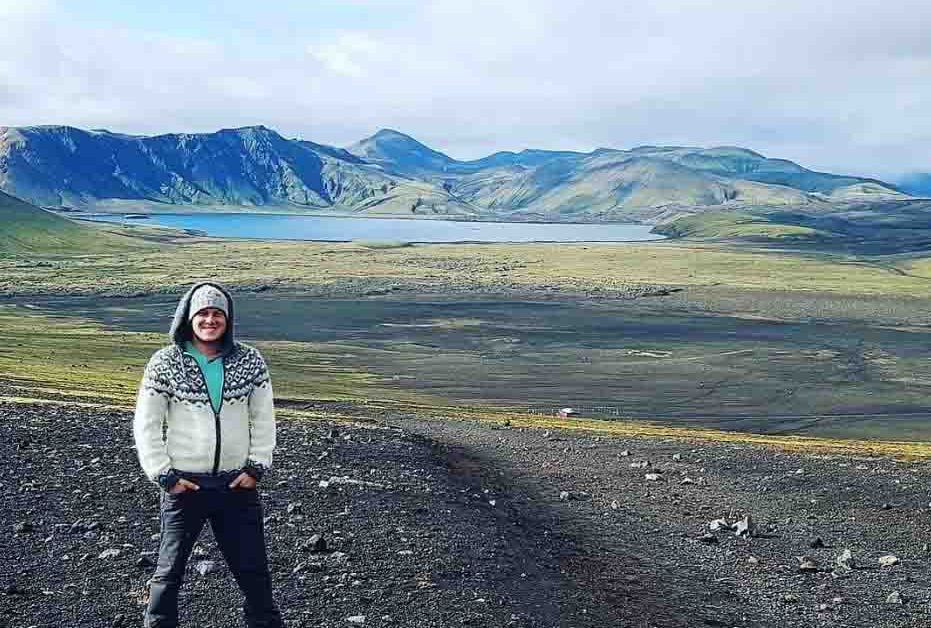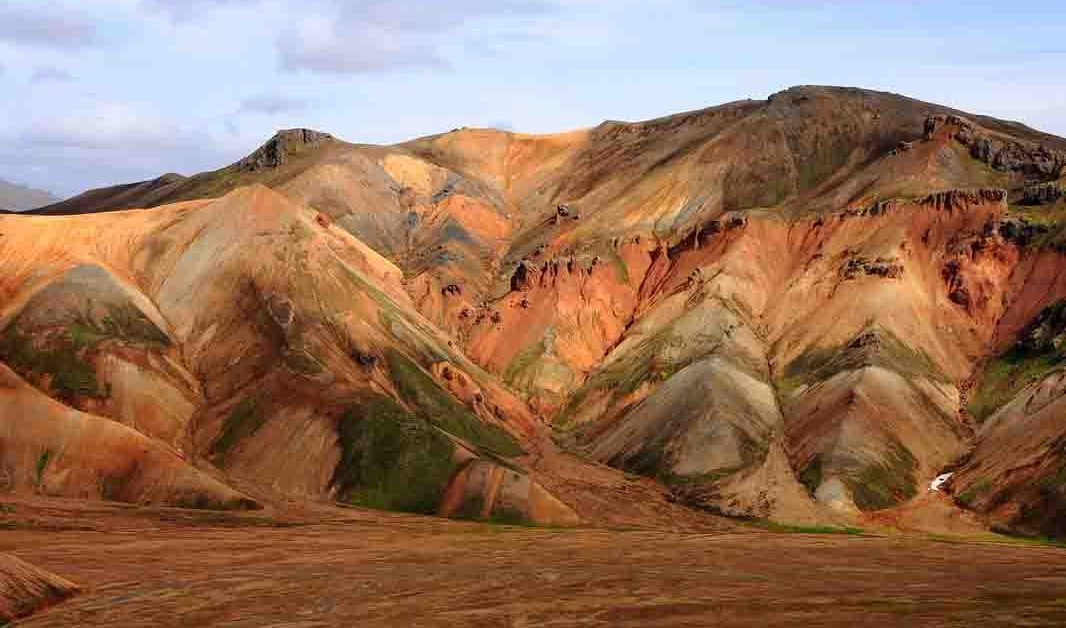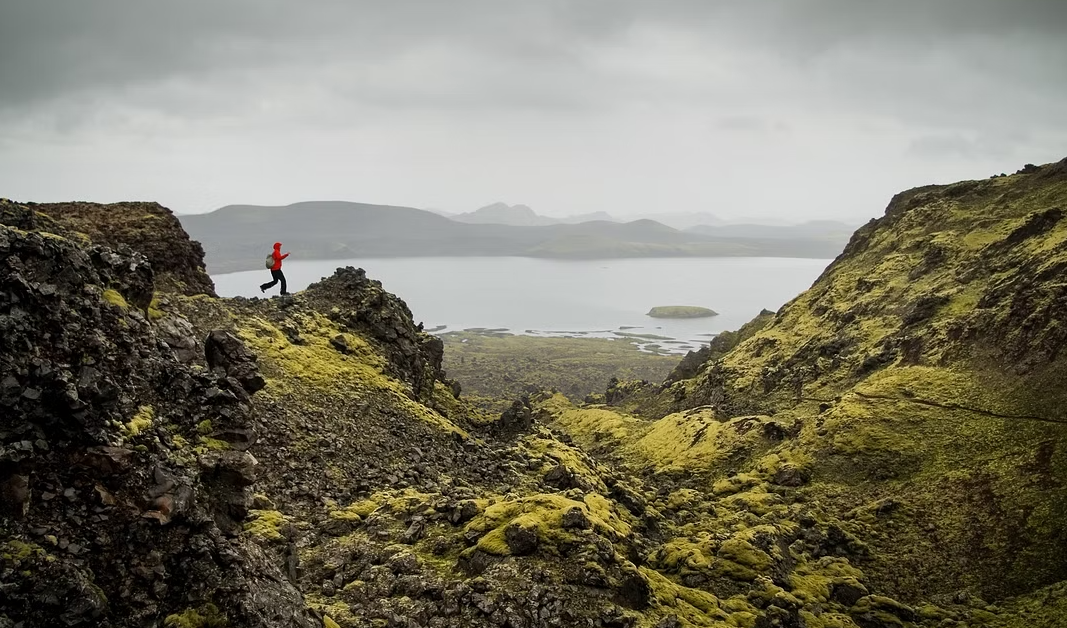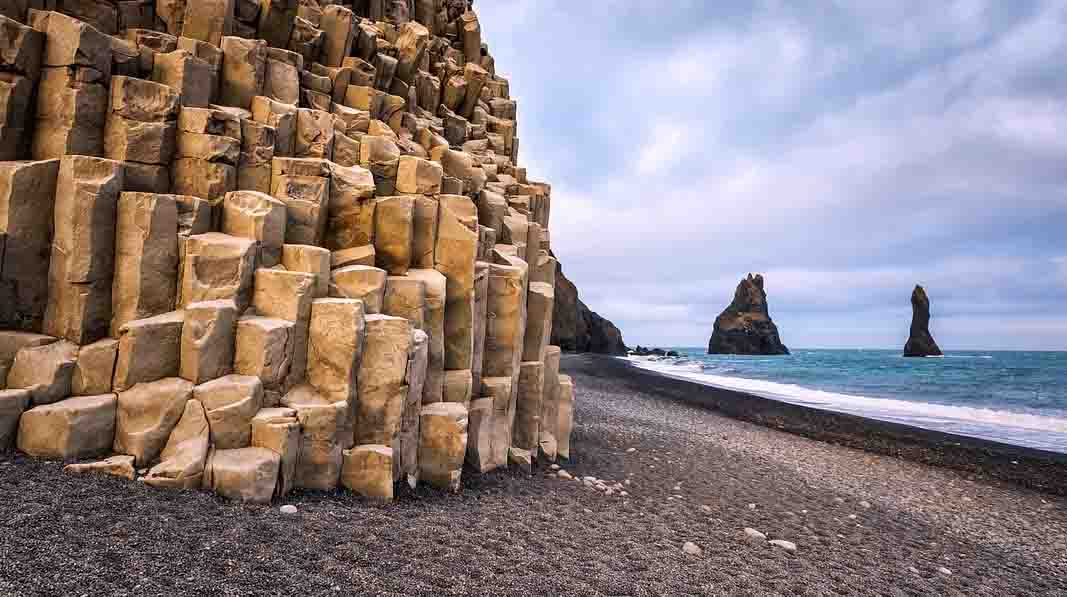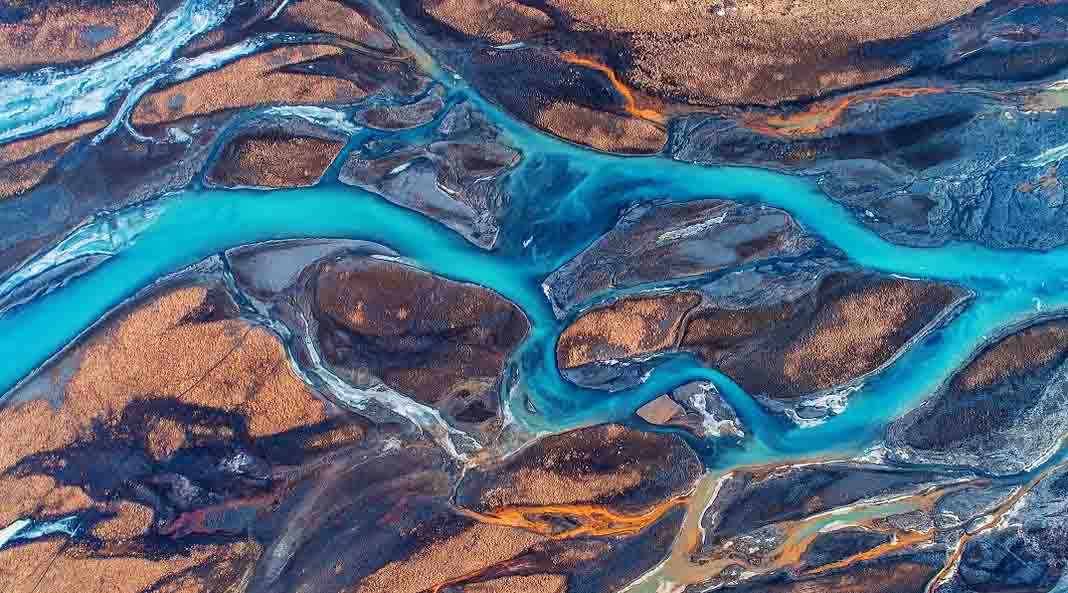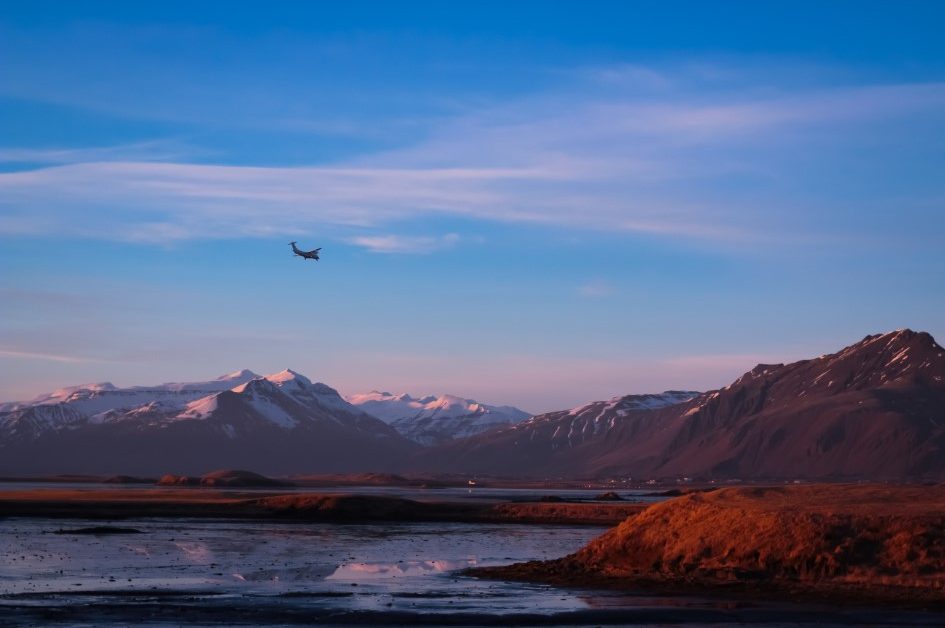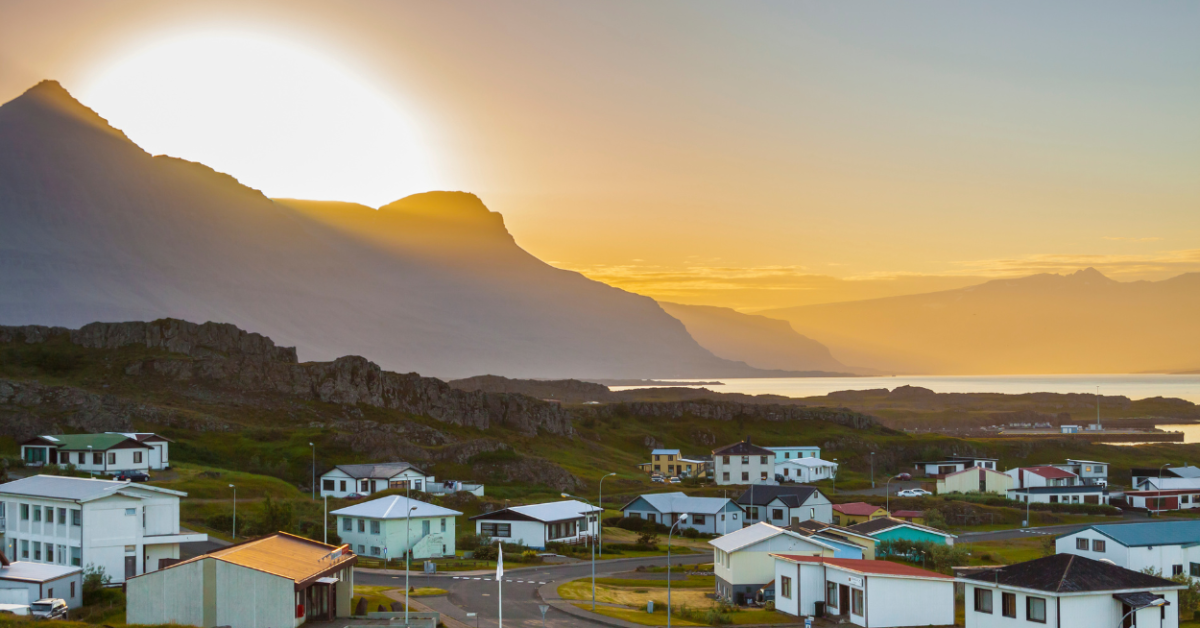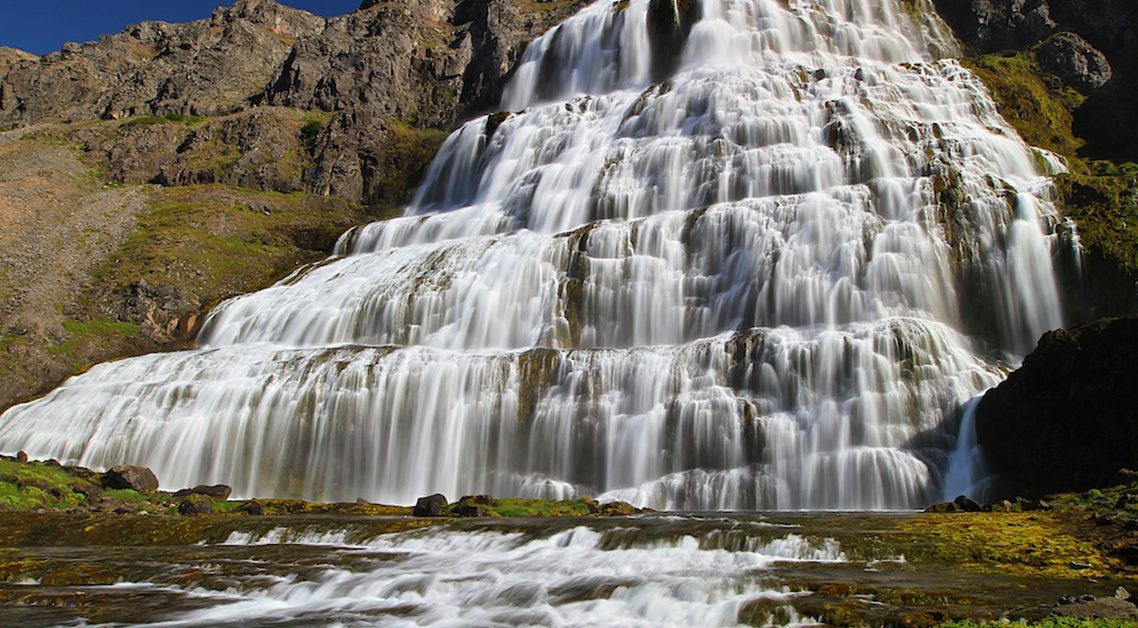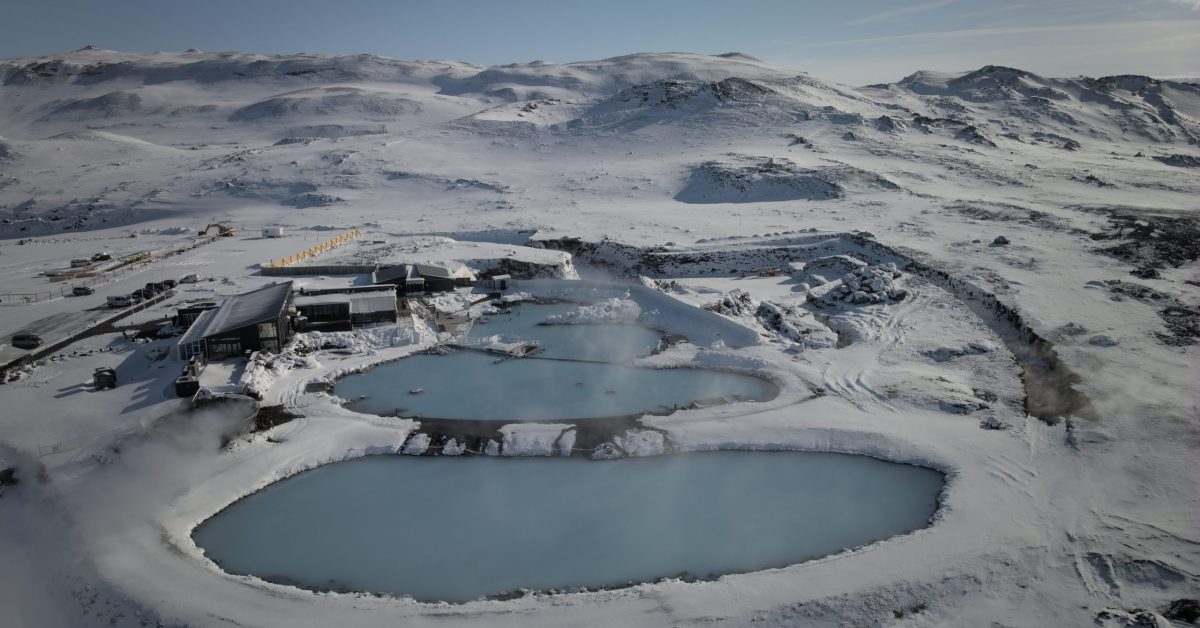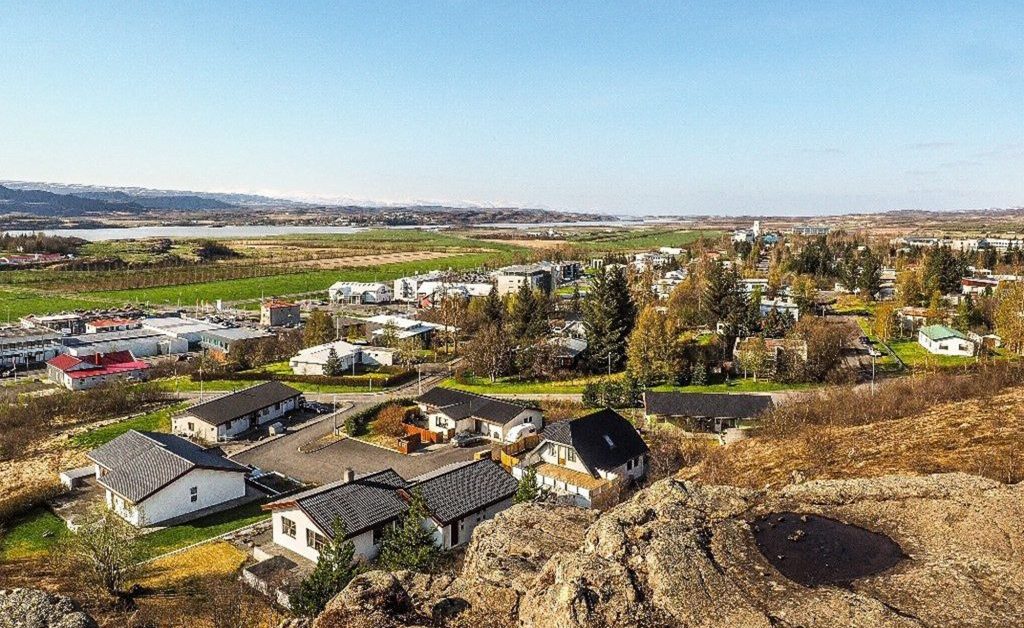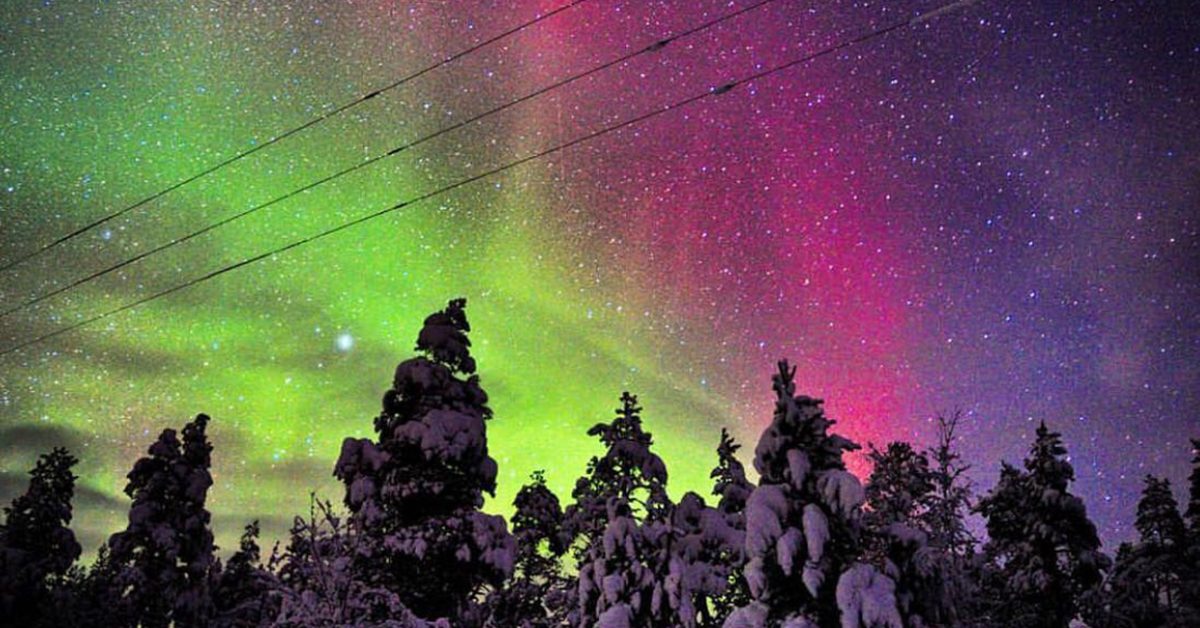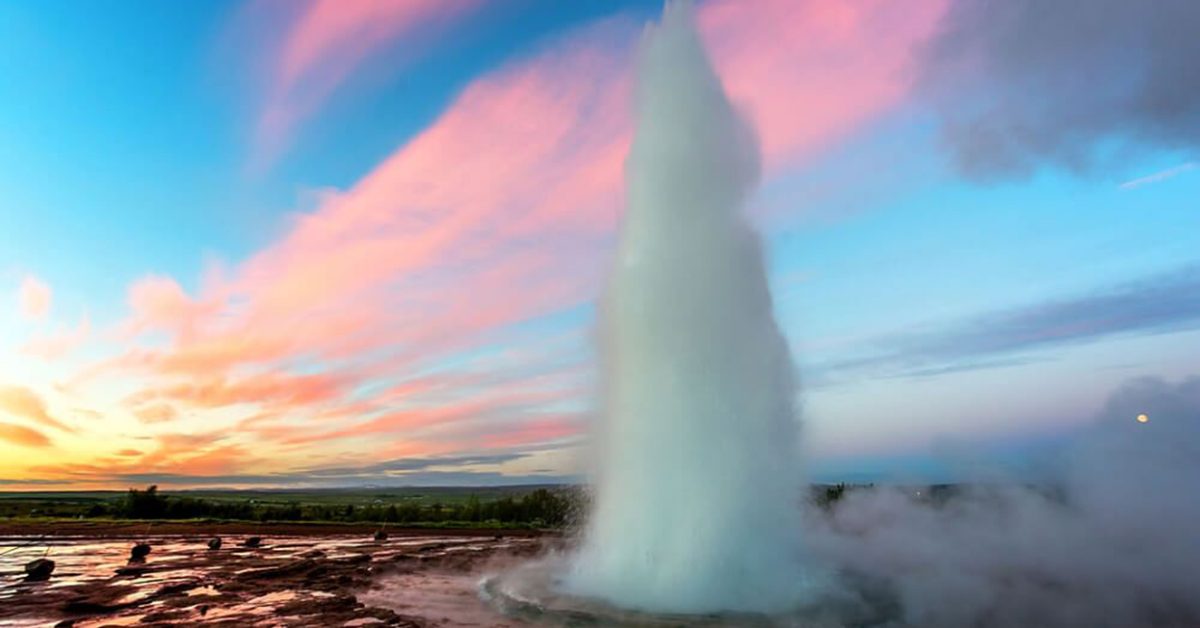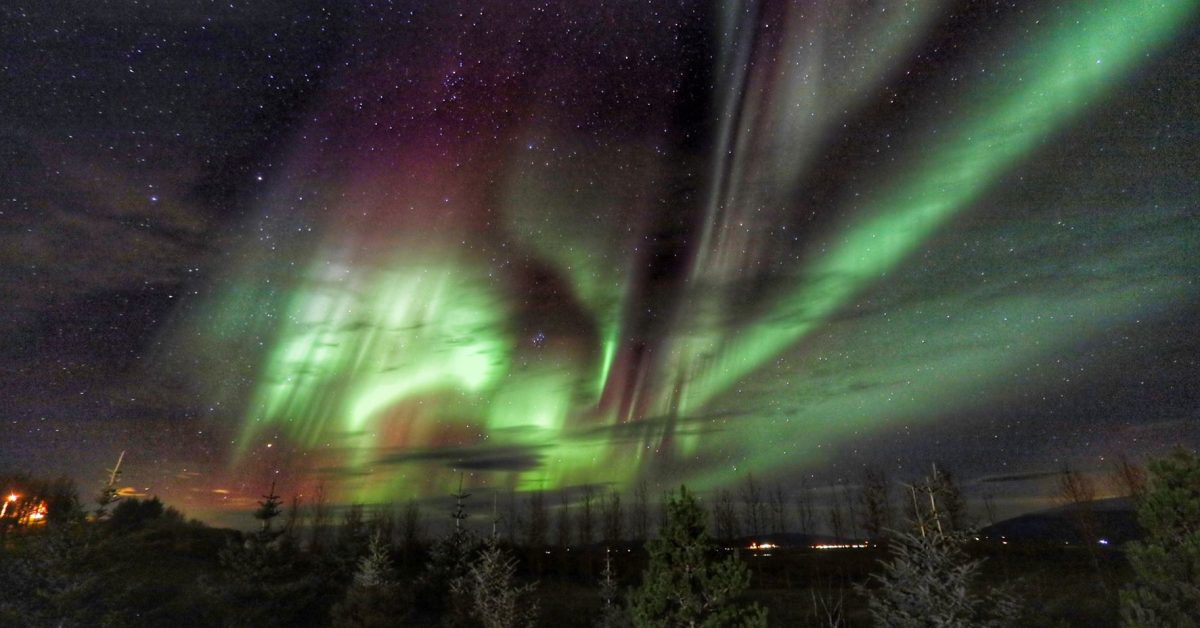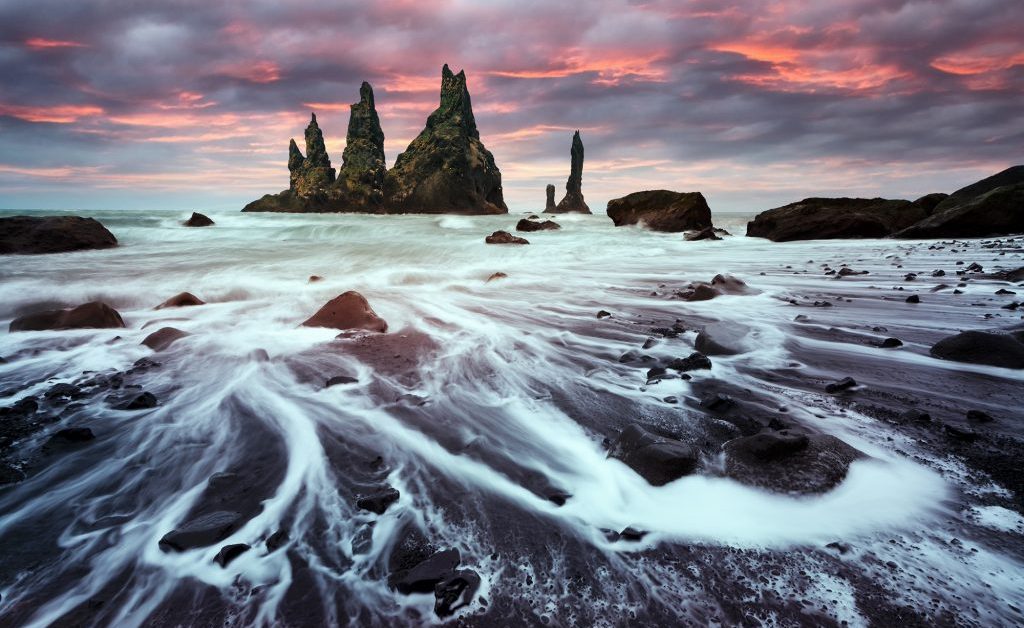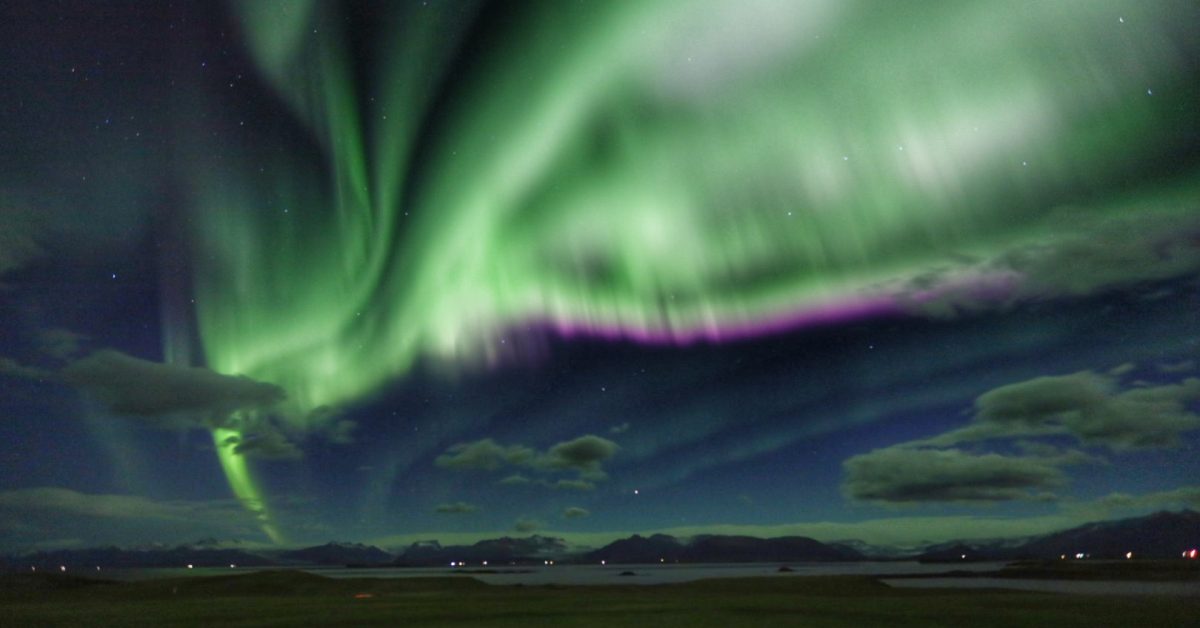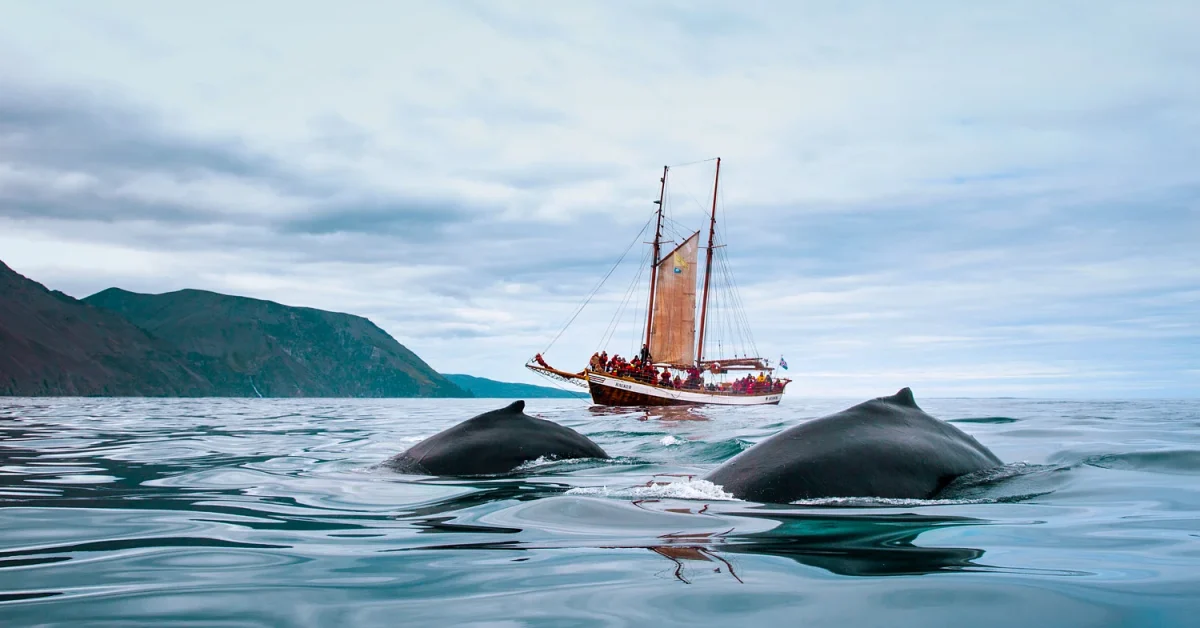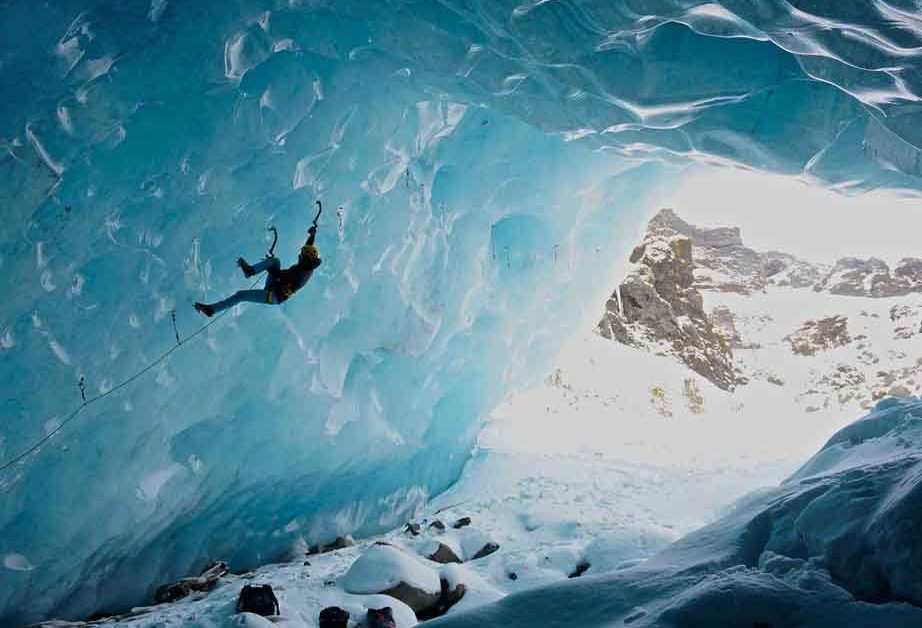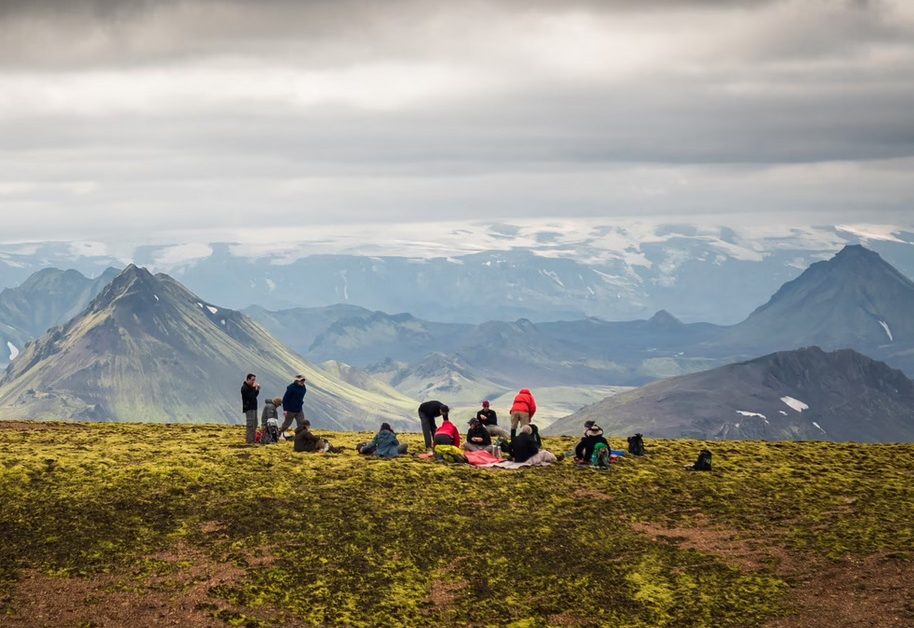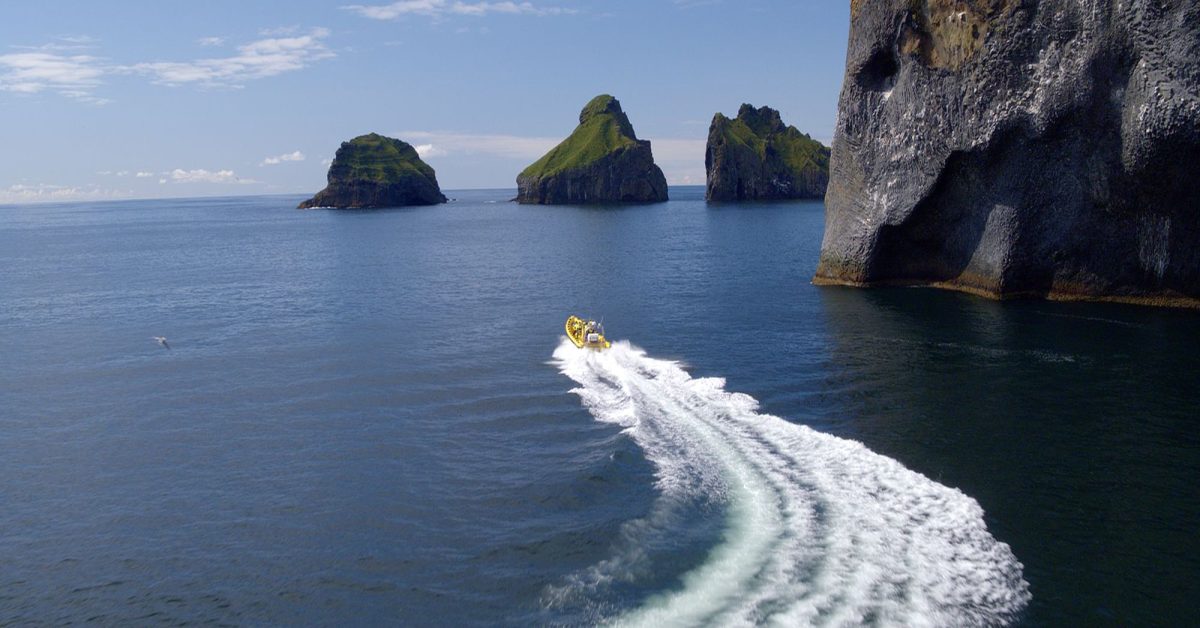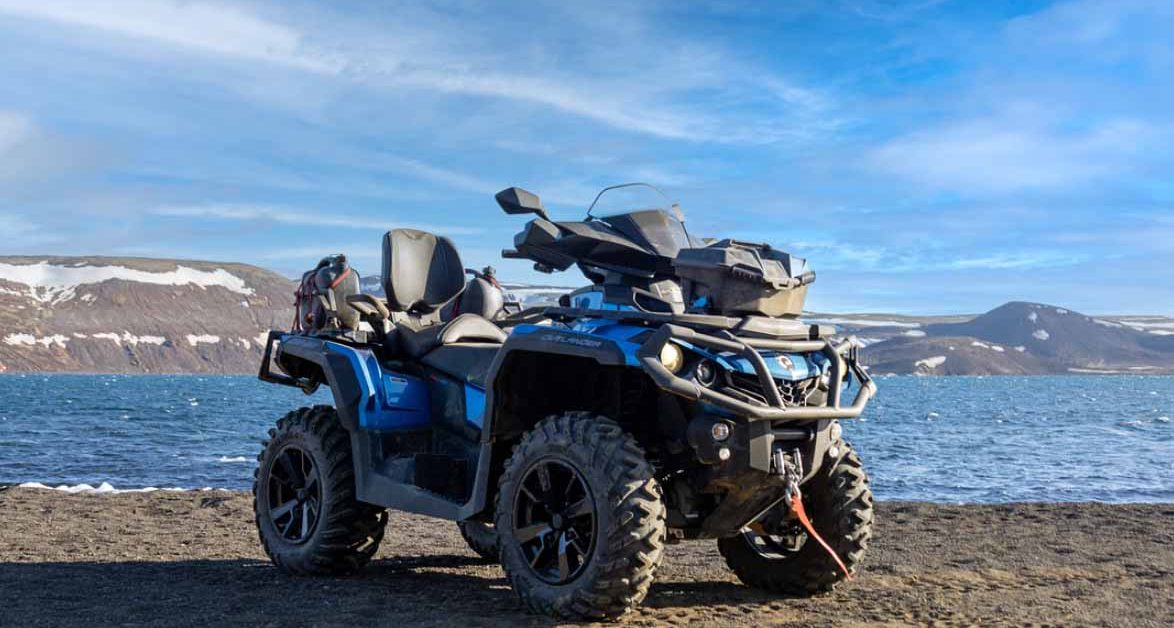The Highlights of Westfjords
Many people who came to visit Iceland put their attention either in the Southern part, the Capital area, or in the Snaefellsness Peninsula but not many of them know where are the true gems of Iceland.
Remote areas are always the best if you are searching for something unique with true Icelandic vibes. So are the Westfjords. The fact that they are not-so-easy accessible hence less visited, made the Westfjords a treasure full of gems for the adventurers.
To discover Westfjords you will need most of the time a 4×4 car especially if you are going there in the winter which is not so recommended. But summertime is the best time to visit the Westfjords and you will have a lot more things to see and do than during the winter.
The Westfjords area is the least populated in Iceland so if you want to explore this part of Iceland you should be well prepared for unexpected things. If you don’t know what can be visited in the Westfjords except for the majestic Dynjandi waterfall then keep reading this blog.
I have put together a mini-guide which you can take as a recommendation of what to see in Westfjords.
Westfjords are at almost 3 hours of driving from Reykjavik. To get there from the capital city you have to drive north on Road 1 (or Ring Road) until you pass by Bifröst town and drive until you get to an intersection of Road 1 with Road 60.
Turn to Road 60 and follow it to the west until you get to Hellulaug.
Hellulaug can be your first stop in Westfjords where you can relax and enjoy the view into the Hellulaug hotspring. If you want to enjoy the beauty of Icelandic nature from a nice and cosy spot, then Hellalaug Hot Springs is the perfect place.
This gem is hidden from people’s eyes but that doesn’t mean you cannot enjoy your time in the hot geothermal water.
There is no entrance fee for the Hellulaug hot spring but at the parking spot, there is a canister where you can put a symbolic fee that will be used for maintaining the hot spring.
The water is changed regularly and the hot spring is cleaned to meet the requirements and quality standards for hot pools. There are no changing facilities so you have to change in the car.
Even if you probably have heard that Vikings used to bathe naked, wear your swimsuit no matter if there are other people in the hot spring or not.
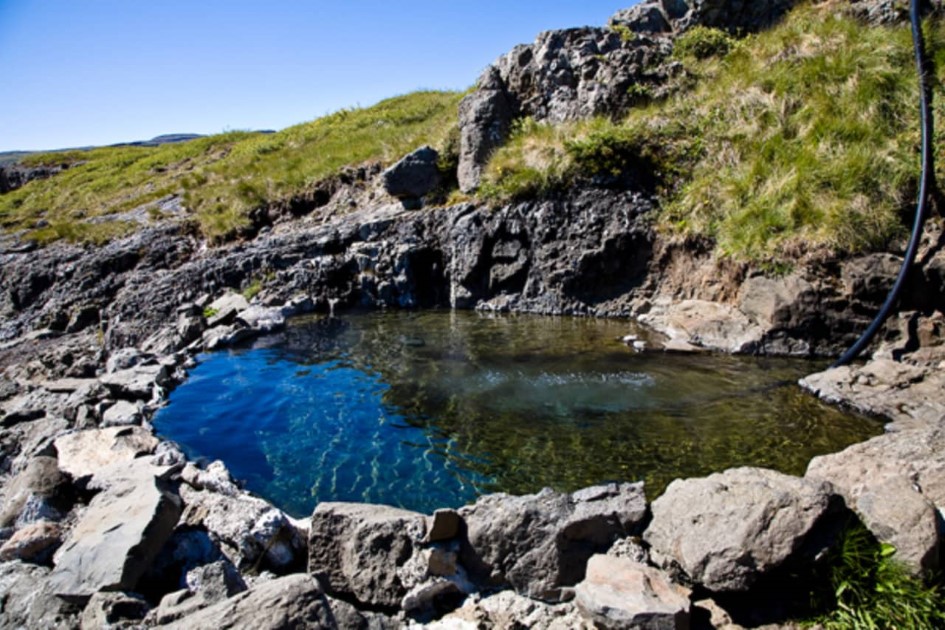
The hot spring is all-natural and it is 60 cm deep and 3 to 4 meters wide. The water is constantly at 38°C (100°F) so it is the perfect temperature for relaxing and enjoying the view over the beach, ocean, and the mountains from Vatnsfjörður fjord.
You can soak in the Hellulaug hot spring all year round as there are no restrictions of any kind. Just be careful and take warm clothes and towels with you no matter the season, Iceland is colder than a temperate country.
To find the hot spring easier follow the GPS coordinates 65.57715, -23.15948.
A few kilometres further west, on Road 62, you will find another hot spring so if you missed Hellulaug, you can stop at Krosslaug. Located in the eastern coastal region of Westfjords, Krosslaug is a well-hidden hot spring fed with water from the Krossneshverar geothermal area.
There are two hot springs, one man-made and one natural.
Krosslaug is well protected and maintained. It is one of the best-maintained hot pools in Westfjords. The man-made pool was built in 1948 by a youth association and it served as a pool for swimming lessons for local people.
The swimming pool is 4 x 13 meters in width and 1-2 meters in depth. The water temperature is around 37°C.
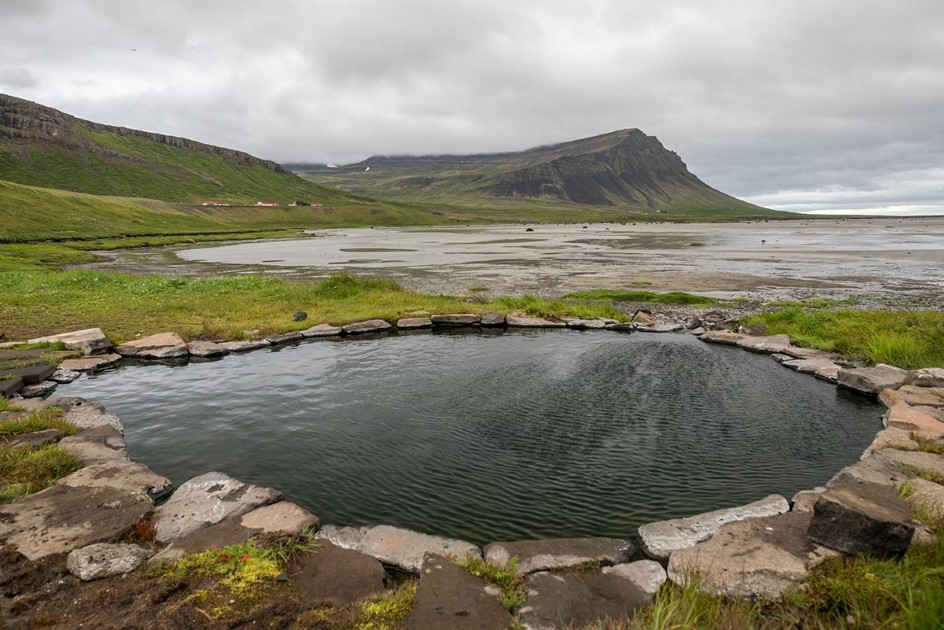
Near the man-made hot spring, there is another hot spring which is a thousand years old and is known as the Hot Pool of the Cross. The name of the hot pool is linked to the period when Vikings were converted to Christianity around 1000 AD.
It is said that the Vikings were baptized there and the locals believe that the water in the hot pool has healing power. Translated in English the name Krosslaug means “The Hot Pool of the Cross”. The natural hot spring is on the shore, close to the Atlantic waters.
You have to pay an insignificant fee (about 500 isk) to use the hot springs, but it will be worth it as you will also get an amazing view over the Atlantic Ocean and sometimes over the Snaefellsjökull Glacier on the Snaefellsness peninsula.
The place is less known by tourists so it will be empty and you can enjoy your time there. We kindly recommend cleaning the place after you use the pools, don’t let litter around there. You can access the Krosslaug by car. Follow the GPS coordinates to find it easier 65.51961, -23.40533.
Driving further west on Road 62, the road will get you closer to the Patreksfjörður fjord. There you have to turn left on a gravel road that will get you to two highlights from Westfjords: Látrabjarg-the bird’s paradise and Rauðisandur a unique beach in Iceland.
Látrabjarg is the largest bird cliff in west Iceland and one of Europe’s largest bird cliffs as well. The cliff is 441 meters high and it has a length of 14 km. It is known as the best place to spot and photograph puffins and many other sea birds that are nesting there.
It is also the westernmost point in Iceland and one of the westernmost points in Europe. The sea bird life there is its most abundant point, lots of bird species are nesting there during the summertime and one of the most famous of them all is the Atlantic puffin.
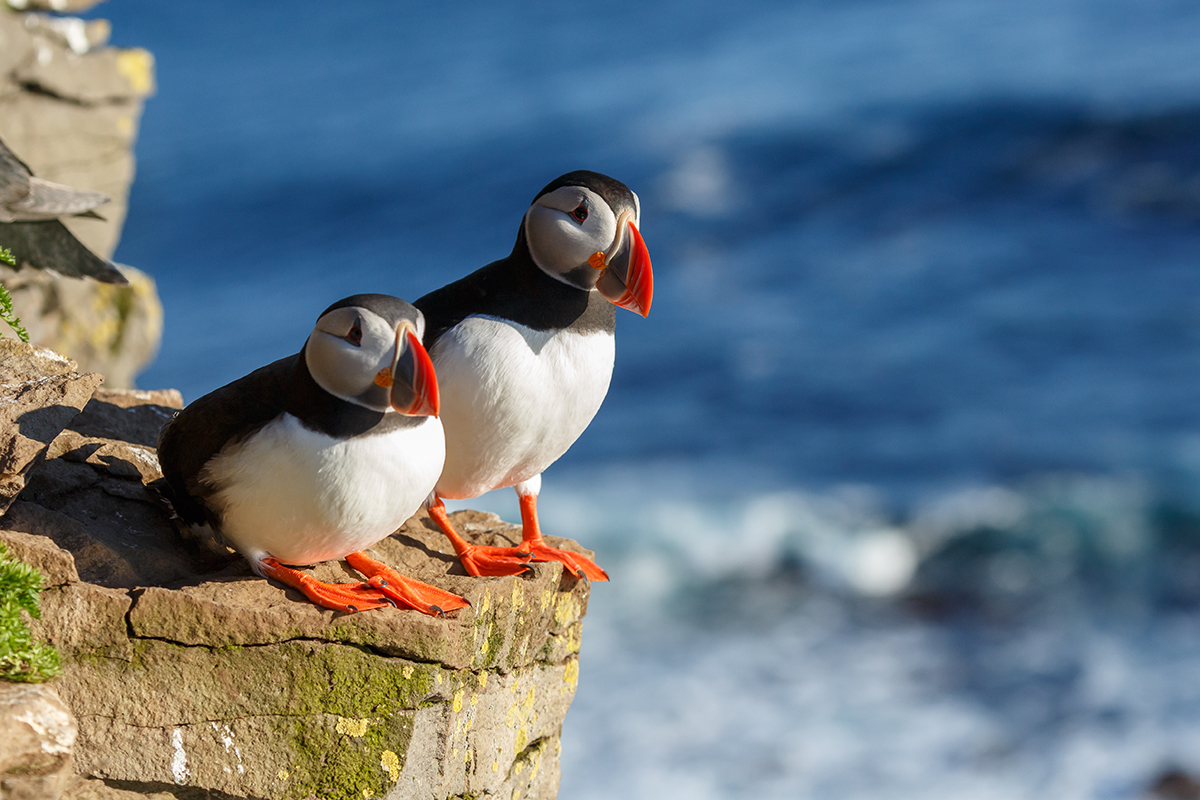
Although the largest colony of puffins can be found in south Iceland in the Westman Islands, in Látrabjarg you can see them very closely. But there are some aspects that you need to know about seeing the puffins very close and those regard the fact that once you are in Látrabjarg to see and photograph puffins you have to keep a safe distance from the cliffs and the puffins as well.
As the puffins are in their natural environment you should not disturb them by approaching them too much. They are used to human presence but that doesn’t mean you have to harass them for a photo. Be gentle.
Puffins are friendly and they may approach you without fear, even so, do not try to pet them. They have some natural oils on their tails that help them protect the feathers while they are swimming so if you touch them you will take those oils on your hand.
Also, the puffins can bite very hard so you better admire them without touching them.
Once on the cliffs in Látrabjarg follow the rules and do not cross the safety white line that is drawn on the grass. The purpose of the line is to keep you safe and to keep the puffin’s nests safe as well.
Puffins are not making nests like other birds we know, they are digging holes into the cliffs that are up to 1 meter long and lay just one egg. So the edges of the cliffs are like traps because of the underground holes.
Follow the line and photograph the puffins from the designated place. You will see them very close so you can take amazing photos with your camera or even with your phone.
While you are in Látrabjarg respect the nature you find there and this includes the birds also. Látrabjarg was declared a protected site in March 2021.
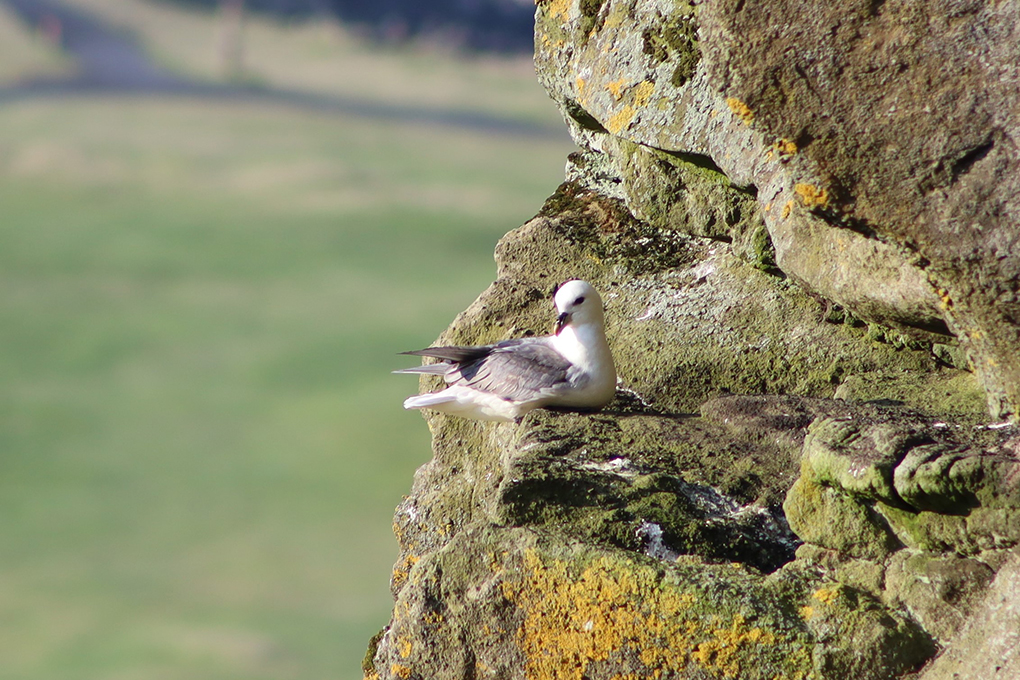
Látrabjarg is a remote place in West Iceland but it can be accessed as it is the most visited place in Westfjords. There is a proper road that will take you to the cliffs. There is no public transportation so you can visit Látrabjarg in a rented car.
A few kilometres south of Látrabjarg you will find a very uncommon place. Iceland is known worldwide for its beautiful and spectacular black sand beaches.
That is because Iceland is a volcanic island and when the hot lava of a volcano meets the cold water of the ocean the lava cools instantly and breaks into thousands of tiny pieces that later will form beautiful black sand beaches.
But there is a special beach in Iceland that has no black sand but red sand. Rauðisandur is located in Westrfjords in western Iceland and is the only beach in Iceland that has no black sand.
Its name also means “red sand” but many people say that the name of the beach was given by the first settler in the area whose name was Ármóður rauði Þorbjarnarson or Ármóður the Red.
The colour of the sand may vary in different light conditions, so the sand can turn from red to yellow or a white colour. The red sand beach is formed from the many pulverized scallop shells taken from the ocean to the shore.

The red sand beach area is also famous for a crime that happened back in time at the Sjöundá farm near the beach. It is a true and intriguing story of two lovers who conspired to kill each other families. They ended up in prison.
The murder happened in 1802 and many years after, the Icelandic writer Gunnar Gunnarsson wrote about this unfortunate event in a drama novel with the title Svartfugl. The novel was published for the first time in Denmark in 1929 and was successful in Europe in that period.
Being such a unique place in Iceland, Rauðisandur is worth a visit. The 10 km long beach will amaze you with its landscape and the changeable colours of the sand.
To get to the Rauðisandur beach it will take you 5 hours from Reykjavik, but if you are already in Westfjords it will take you only 3 hours from Ísafjörður.
There is no public transportation so the only way to get there is by renting a car on a self-drive tour. The Westfjords are accessible during summertime. During the winter there are heavy snowfall and the roads are usually blocked and inaccessible.
After visiting those hidden highlights of Westfjords, go back to Road 62 and have a stop in the town of Patreksfjörður. You can stay there overnight at Fosshotel Westfjords.
In the Westfjords you will find a lot of beautiful and picturesque little towns that are hidden between the fjord’s mountains. Patreksfjörður is a small town located in the fjord with the same name.
There are approximately 650 inhabitants in Patreksfjörður town. The name of the town and fjord means “the fjord of St Patrick” and it was named like that when a reverend came into the area and settled there after Iceland’s conversion to Christianity.
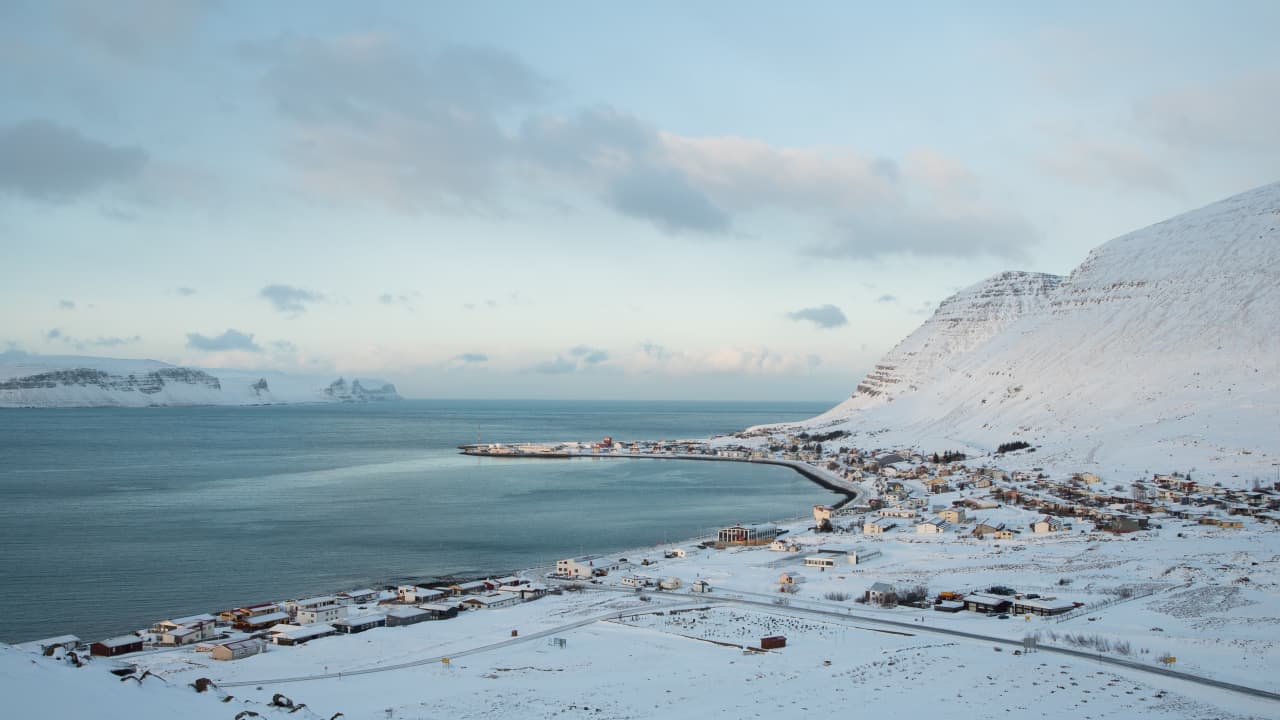
The town developed based on its first and most important economic activity which is fishery. The second economic activity in the area is tourism. You can find a lot of accommodation places and restaurants in Patreksfjörður town.
It is a very good place to stay while exploring the Westfjords and it is close to many well-known sites such as Dynjandi waterfall, Rauðisandur, Latrabjarg, and Hornastandir Nature Reserve. There are also many campsites if you want to be closer to Icelandic nature.
During the summer you will see a lot of sea bird species that are coming into the fjords for breeding. If you choose to stay there overnight, you can start your next day with a dip into Pollurin hot spring which is a 20-minute drive from Patreksfjörður town.
Geothermal energy can be considered a natural wonder and Iceland is the perfect example of this. It is used for heating the Icelander’s homes, for producing energy, for thermal pools, and even for fish farms.
In the Westfjords there are many hot springs and local people designed pools to enjoy the benefits of thermal water. So happened at Pollurin, where people designed a space that everyone can use to relax in the warm water.
There are three concrete pools at Pollurin, a parking spot, a shower, and changing facilities all for free. In exchange for using the pools, we kindly recommend you take care of the place and clean the place after you use it, take all the litter and put it in the bins.
The size of each pool is: 2 x 2 meters wide and 1 meter depth; 1,35 x 2 meters wide and 50 cm depth and the other one is 2 x 2,8 meters wide and 40 cm depth.
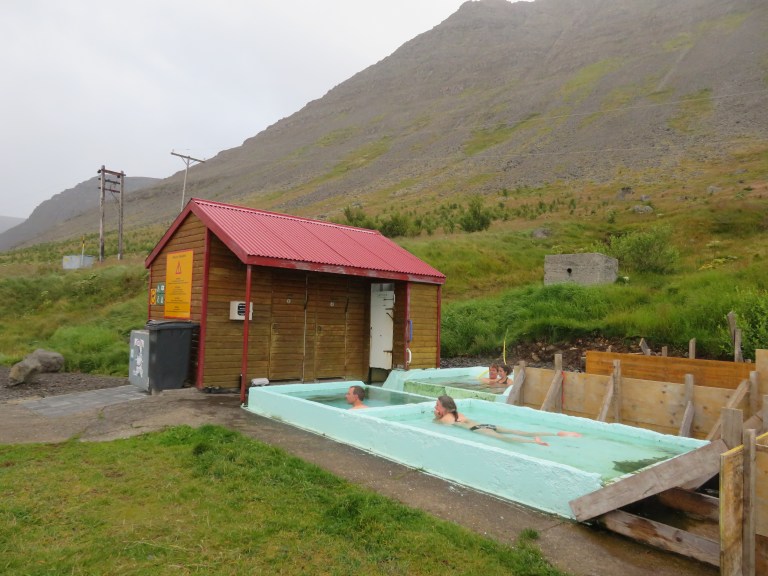
You can enjoy the pools all year round and the views will complete your relaxation experience. During the summer you can enjoy the polar day with its endless light and colourful sunsets while you sit in the pool and let the warm water calm your mind and body.
In the winter you can warm yourself in the pool while you enjoy the dancing northern lights. The water in the pools is mostly around the temperature of 40- 45 °C.
Pollurin is located near the village of Tálknafjörður which is in the fjord with the same name. Pollurin is a few kilometres from the village. The road to the village and the hot spring is a gravel road but is easily accessible.
The views over the fjord will be worth the entire journey to Pollurin. You can also follow the GPS coordinates: 65.64908, -23.89486. There are a lot of hot springs in Westfjords hidden by the tourist’s eyes so you won’t find any signs that will lead you to them.
At a 40 km drive from Pollurin, you will find another hot spring named Reykjafjarðarlaug.
After you explored the westernmost part of Westfjords and Iceland, prepare yourself for the northwest part of Westfjords. From Patreksfjörður town follow Road 63 until the intersection with Road 60.
Turn left on Road 60 and follow it to the North to get to the iconic Dynjandi waterfall. Dynjandi is also called the jewel of Westfjords.
Located by Dynjandisvogur Bay and Arnarfjörður fjord in Westfjords, Dynjandi is fed by waters from lake Stóra-Eyjavatn which is 350m above sea level. From this lake runs the Dynjandisá River which sometimes can cause seasonal floods during spring and winter.
The waterfall has a trapezoidal form 30 meters wide on top and widens to 90 meters at the bottom. On your way to Dynjandi, you will find another 6 small waterfalls. There are also a couple of smaller waterfalls above Dynjandi.
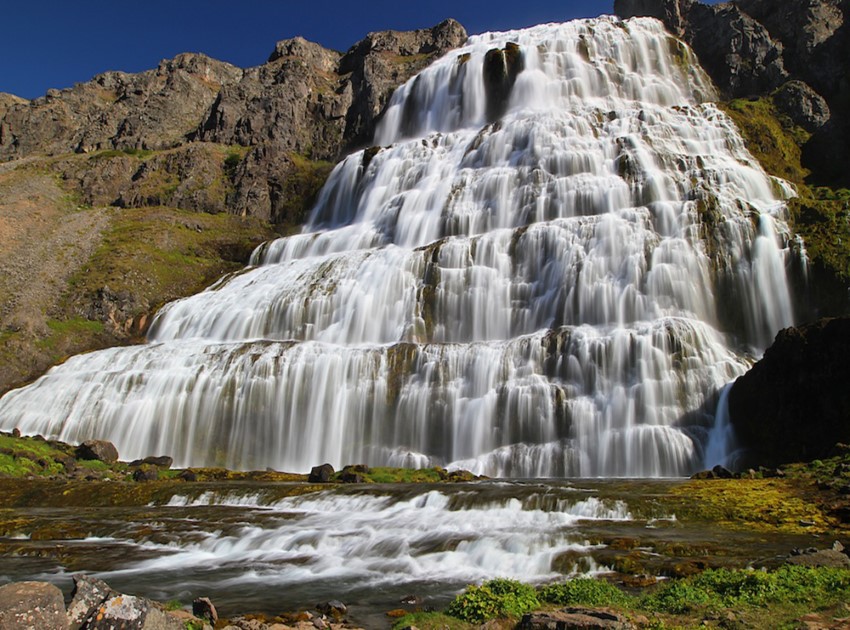
On the parking lot, where you will start your hike to Dynjandi, you will find a map and information about all the waterfalls existing along the way. You can stop to admire each one as there are appointed places with observation points.
To reach Dynjandi, you have to hike for about 15 minutes on a path made by volunteers in 1996. Bear in mind that the terrain is pretty steep and if your knees are not in good condition, it will be hard for you to hike to the waterfall.
These are the names of those waterfalls you will find along the path: Hæstahjallafoss; Strompgljúfrafoss (Strompur); Göngumannafoss; Hrísvaðsfoss; Kvíslarfoss; Hundafoss; Bæjarfoss (Sjóarfoss).
The name Dynjandi translates as thunderous or resounding. The waterfall is also preserved as a natural protected monument since 1981 that’s why you have to follow the path to the waterfall and be careful with the environment there and in Iceland in general.
From Dynjandi, your next stop can be the beautiful town of Ísafjörður and you can also have an overnight stop there and give yourself time to explore the town before going further on your trip.
All towns in Iceland have a picturesque and bohemian air. The traditions and lifestyle of the small Icelandic communities made them worth visiting. Ísafjörður is one of those picturesque, kinds of isolated towns that will give you a true Icelandic experience.
The town of Ísafjörður is located in Westfjords more specifically in Skutulsfjörður part of the larger fjord Ísafjarðardjúp. The town is surrounded by mountains and it has a tundra climate which means that the summers are cool and the winters are dark and cold.
Despite the harsh climatic conditions, you will find there a lot of seabirds nesting during the summertime and if you are keeping an eye on the ocean you may spot some whales. In the Westfjords you will find also a native mammal in Iceland, the arctic fox which can be spotted on the hikes around the town.
Considered to be the capital of Westfjords, Ísafjörður is the best point to start when you want to visit all the tourist places in Westfjords. It is the largest settlement in Westfjords with a population of 2 600 people.
The town gained its municipal status in 1786 and it was settled for the first time in the 9th Century by a man called Helgi Magri Hrólfsson.

Ísafjörður grew rapidly because of the trading activities that were developed there during that time. It was one of the largest fisheries in Iceland but it lost its status once a fishing ban was in force in the 1980s, the fish population started to decrease and the market was monopolized by larger fisheries in Reykjavik.
Also, because of this trading drop, the population started to decrease.
Nowadays, the little town of Ísafjörður grew economically and demographically again because of the tourism industry. There are a lot of hotels, hostels, and restaurants in the town as well as historical sites to visit.
From Ísafjörður is very accessible to visit the most famous places from Westfjords: Dynjandi Waterfall, Rauðisandur, Hornstandir Nature Reserve, Latrabjarg, Patreksfjorður, and many other “secret” places.
Also, the town hosts a lot of social events like festivals and competitions that are attended by people all over Iceland and tourists as well.
If you want to do some hiking while exploring the Westfjords, then along road 61 that goes from Ísafjörður to Hólmavík you will find Valagil waterfall.
Valagil is a beautiful waterfall hidden in a gorge in Westfjords, just about 9 km south of the town of Súðavík. The waterfall is in Álftafjörður and you have to hike to get to it.
It is not officially established where the name of the waterfall came from but some people say that the name came from the word ‘valur’ which in Icelandic means falcon.
There were observed some falcons nesting there and some people related this to the waterfall. Other people say that the name came from a woman named Vala who had fallen into the gorge and died.

The waterfall falls in a ravine made from layers of ancient lava. Its location at the landward end of Álftafjörður will give you a nice experience while hiking to it.
There is a mud parking lot where you can park your car and start the hike on the visible path that you can follow right from the parking. There is also a sign that shows where the 2 km path starts.
The upper part of the waterfall can be visible all the time from the hiking path, but the true beauty of the waterfall can be seen only when you get to the gorge. The waterfall is tall and falls into a series of smaller waterfalls.
Along road 61 that leads to Hólmavík, there are three natural hot springs where you can stop and relax your mind and body. There is no surprise that you will pass by many hot springs because, in the Westfjords area, there are a lot of them, but a hot spring where you can warm up your body is always a good idea, especially in Iceland.
Check the links to find out more about Heydalur, Hörgshliðarlaug, and Nauteyrarlaug hot springs.
For adventure and nature lovers there is a perfect place to get closer to nature in Westfjords: The Hornstrandir Nature Reserve. Take your tent and supplies and let your eyes marvel at the beauty of what Mother Nature has given us.
Hornstandir Nature Reserve is an incredibly beautiful place, located in the north part of the Westfjords. Its untouched nature and outrageous history make this place unique in Iceland.
Hornstandir is home to approximately 260 plant species, some of them being native in the area, and some native mammals like the arctic fox and the field mice.
The Hornstandir area was established as a nature reserve in 1975 and covers a total area of 580 km² full of tundra, flowering fields, cliffs, and…ice because we are in Iceland, right?
The history of the area is outrageous as you will wonder how people could live in such a remote area. But because the area is so isolated even for the whole region of Westfjords, its history is quite distinct from the rest of the country.
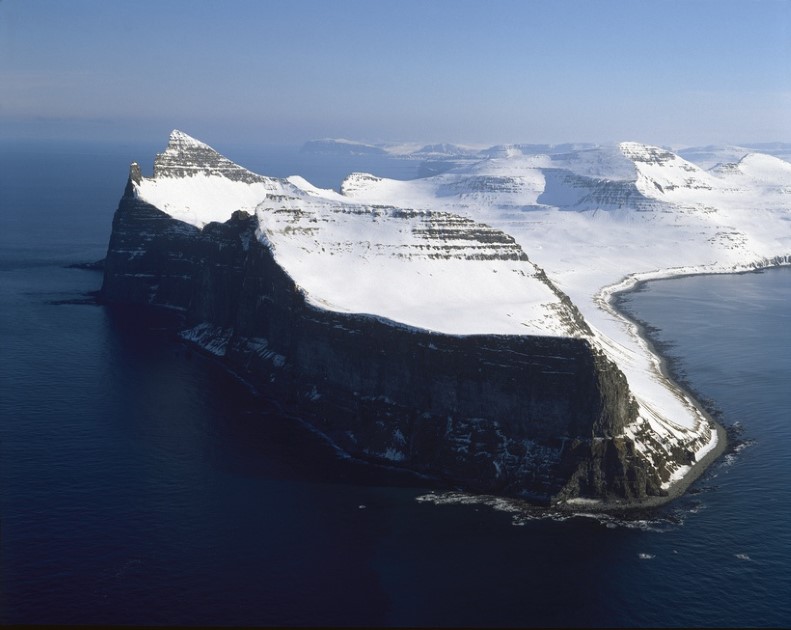
The main activities of the people who lived there were fishing and hunting. These activities were the only ones that provided them with food since the land could not be cultivated because of the rocks and high cliffs.
They were hunting birds, as there were a lot of birds nesting during the summer. But the food was not the only struggle for people living there.
The distances between the houses were considerable and during the wintertime, it was hard to travel from one farm to another. That made life in Hornstandir being lonely and difficult.
Back in time, in the Hornstandir area, there were polar bears that ended up in Iceland after they came on floating ice blocks from Greenland.
Nowadays there are no polar bears in Iceland, and the last time they could be found in Iceland was in the Mini Ice Age from the beginning of this millennium. Polar bears represented often a threat to people who travelled to Hornstandir to embark on the ships to travel abroad and start a new life.
Nowadays, the area is not populated by humans anymore. Since 1950 they left the area and there is no human presence except the occasional travellers.
Leaving the area by the people meant that nature was untouched since then and lots of plants grew naturally.
Also, there are no animals that could have grazed in the area so nature is quite untouched. As I mentioned above, the area is home to the arctic fox field mice and many bird species that come into the area.
Nature there is following its cycle without other factors to change its course. There is also a hunting ban on the area so animals can live in peace.
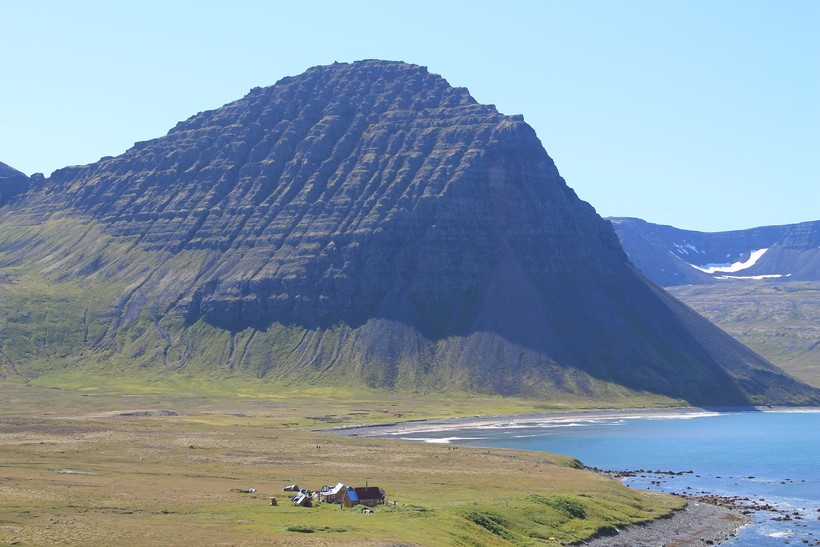
Nature there has been untouched for so many years so if you are travelling there make sure to leave everything untouched. Be careful, the animals have no fear of humans but they are not dangerous.
The area is accessible during summertime and only by hiking as there is no accessibility for motorized traffic.
If you want to go hiking there to explore the area and want to stay overnight then you will need to bring a tent, food, water, warm clothing, and sturdy hiking boots as there are no hotels or any kind of accommodations.
There are organized tours in the area during the summertime (May, June, July, and sometimes August) and it is the only way you can access it. During the wintertime, the area is closed to tourists and access is permitted only in exceptional cases.
Hornstandir Nature Reserve is worth seeing as nature there is untouched by human presence and we kindly ask you to let nature as you find it.
Do not let garbage on the area you camp, do not take flowers or other plants, and just enjoy Mother Nature’s beauty. What we recommend is to take a lot of pictures there, but do not put yourself in danger for a photo.
If you prefer a comfy trip you can skip the stop at Hornstrandir and drive to the eastern part of the Westfjords. Road 61 from the town of Ísafjörður will lead you to another picturesque town in Westfjords, Hólmavík.
Iceland has an interesting and intriguing history. It also has rich folklore. You will find that every place and every town has a story and many of them are connected with Icelandic folklore. Hólmavík is also a town that has some stories to tell.
Hólmavík is located on the east coast of Westfjords and this little town has an interesting history that is presented and explained in the local museums. Hólmavík is also the largest town in the Strandir area.
This area is known in Iceland for the fact that in 1654, at Trékyllisvík were three men burnt at the stake for sorcery. In the upcoming years, there was a ‘witch-craze in the Icelandic community, and in 1690, 16 men and 1 woman were also burnt at the stake for sorcery.
This interesting period in Icelandic history was called “Brennuöldin” or Fire Century even if the whole witch-craze period was from 1654-1690. You can learn about this period and all the events that happened then in the Museum of Icelandic Sorcery and Witchcraft in Hólmavík.
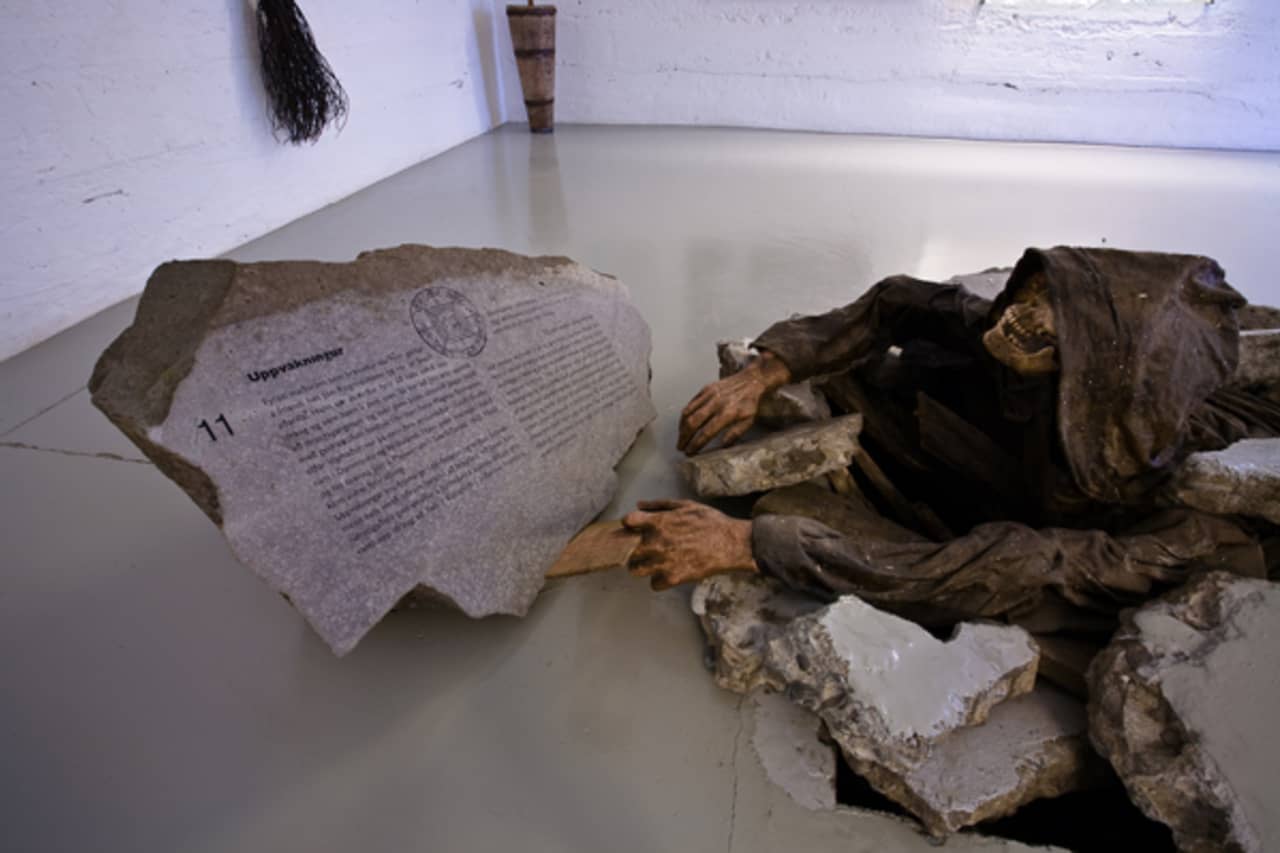
Another interesting story from Hólmavík is about a giant sea turtle that was caught in 1963 near the town. The turtle is the biggest in the world and it is called Dermochelys coriacea.
This species of turtle lives in the tropical and sub-tropical areas so finding it in the Icelandic waters is an uncommon thing.
The turtle was found by some locals who went out fishing with a boat. They saw the turtle by the boat but they didn’t figure out from the beginning that what they saw was a turtle.
They thought it could be a barrel of rum so they tried to catch it by putting a shark hook into the turtle’s mouth and dragging it to the shore for about one hour.
When the locals heard about the gigantic turtle they all came to see it. It was something unique to see mostly because there were no sea turtles in the Icelandic cold waters and because the turtle found was 2.03 meters long and weighed 375 kilos.
Amongst all the people who came to see the turtle, there was a local doctor who declared that the turtle died recently.
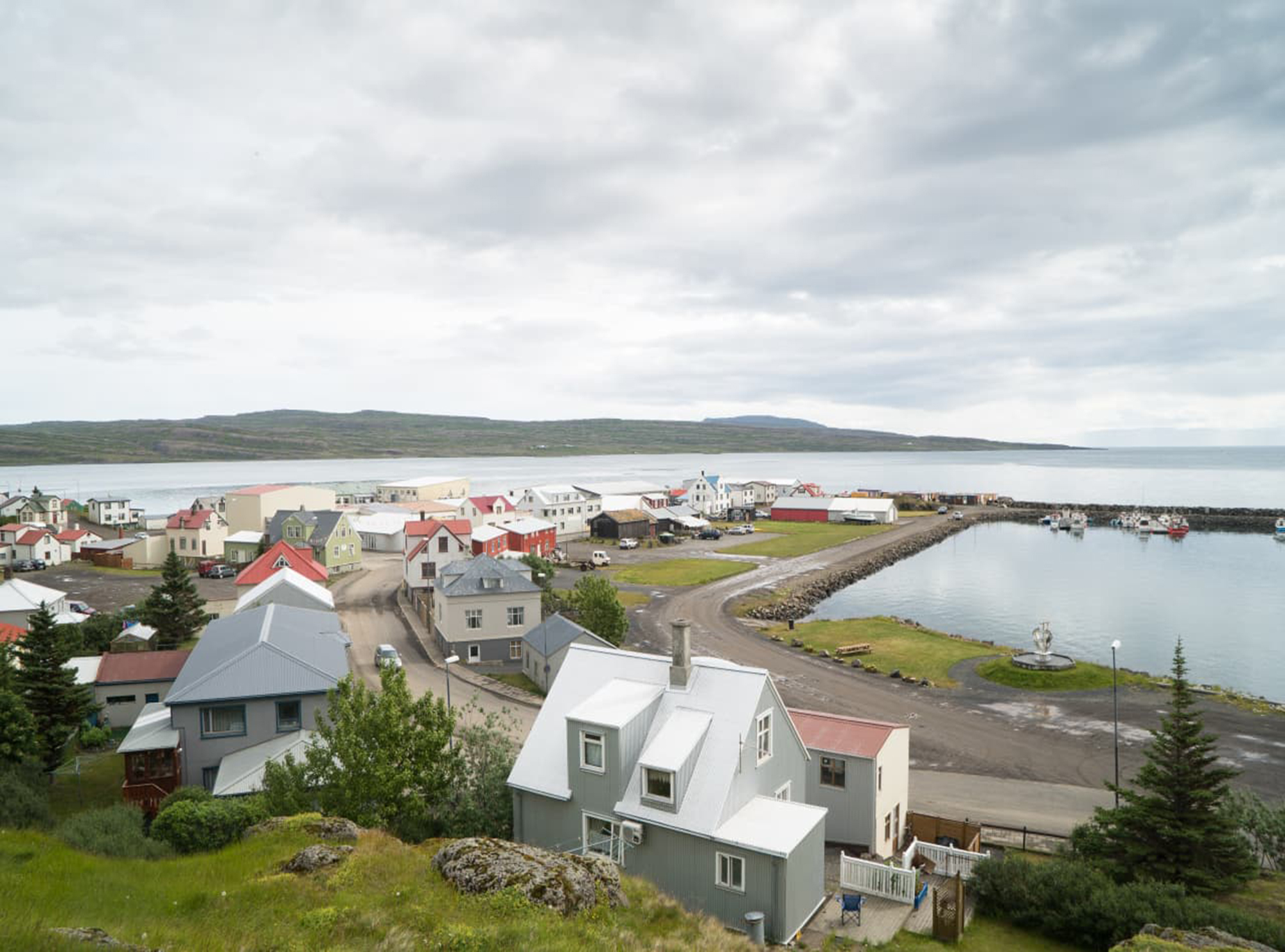
The entire story, as well as the turtle, remains, can be found now in an exhibition in the Þróunarsetur Hólmavíkur which is the Development Center of Hólmavík. The turtle was also displayed in the Icelandic Museum of Natural History which also bought the turtle.
In the area of Hólmavík, you will find two Scandinavian architectural gems: the old church which is in Staður and the new church in Hólmavík.
The old church is located in the middle of the Staður village and it has the classic Scandinavian black colour on the exterior walls and red roof. The contrast of the colours is amazing, especially on a sunny day with a bright blue sky and green grass around it.
The new church from Hólmavík is situated on a hill above the town and it has a very interesting design inside made of pine. You can enjoy the view over the town from the church as it has large windows.
Going to the east coast of the Westfjords from Hólmavík you have to drive on a gravel road. Close to Hólmavík, there is another hot spring that you can use. From Road 61 turn on Road 643 then to Road 645 to get to the Drangsnes hot pool that is located on the coast side.
Road 643 to the northeast part of the Westfjord coast will get you to the Djúpavík village. Djúpavík is a very small village located in the northwest of Iceland and the eastern part of Westfjords.
The village is also located in the less populated municipality in Iceland, Árneshreppur. In Djúpavík are only seven houses, a hotel, and an abandoned factory.
The area was settled after Elías Stefánsson, in 1917 built a salting factory for herring. The interesting thing was that the factory was abandoned three times over the years.
The first time they abandoned the factory was after an economic crisis that happened in Iceland in 1919. The owner tried to save it but they abandoned it again in 1920.
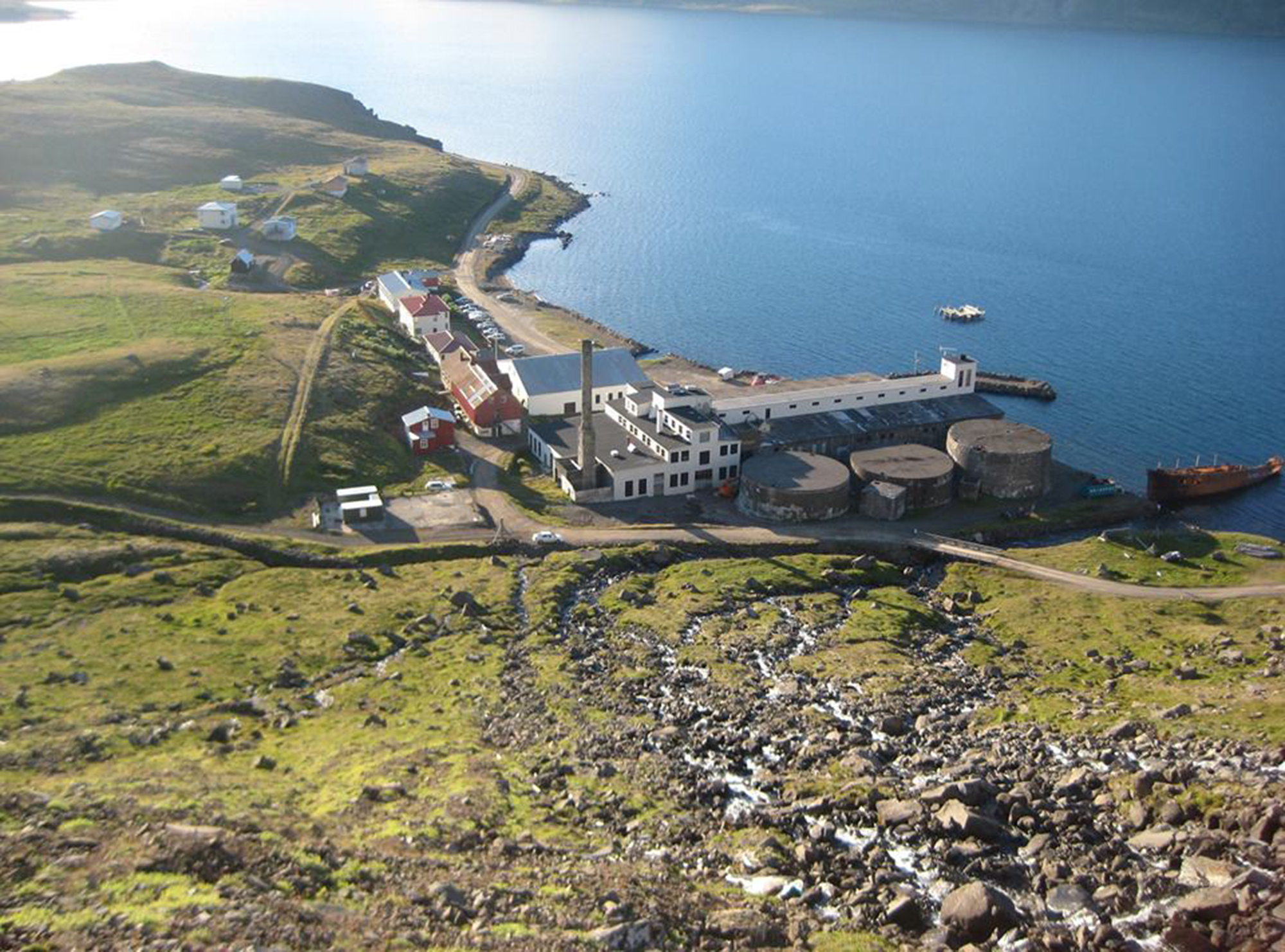
The old abandoned salting factory was the starting point for a new factory which was built in 1934. The new factory was the largest building made of concrete in Iceland and because herring fishing was very prosperous in the next decade, the factory turned out to be successful.
But the success did not last very long, because in 1940 the population of herring started to decrease and by 1945 the factory shut down again and for the last time in its history.
After such a stormy history, the herring factory was conservated, and once the tourists were interested in its history, a hotel was built in the area. The village together with the factory and the surroundings can be visited during the summer.
There are guided tours inside the factory where you can learn about it and enjoy an exhibition. The houses in the village are inhabited only during the summer.
The nature around Djúpavík is mesmerizing. There is a waterfall, Djúpavíkurfoss that cascades in the background of the village from the top of the mountain cliffs.
Numerous hiking trails lead to the top of the cliffs from where you have a beautiful panorama view over the village and the herring factory.
If you will hike to the top of the cliffs you will recognize the view from a famous movie that has some scenes filmed in Djúpavík.
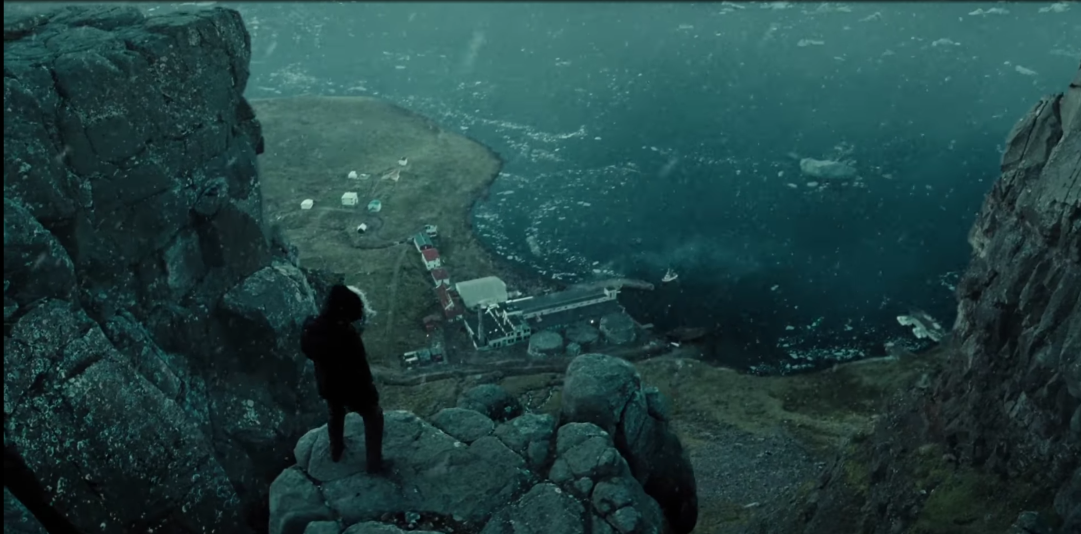
The producer of Justice League considered the village of Djúpavík to be perfect for some scenes. They filmed some scenes inside the herring factory as well.
But the one you will recognize if you go hiking on top of the cliffs in Djúpavík is the scene with Batman standing at the edge of Djúpavíkurfoss, looking down at the old herring factory.
If the reason for exploring hidden gems in Iceland is not enough to visit Djúpavík, now that you know the village is a movie location you have to add it to your list.
All those adventures can be accompanied by delicious Icelandic and international meals in one of the many beautiful restaurants across the country.
For the Westfjords, we have some recommendations for you.
The area of Westfjords has more secrets to be discovered, but those presented in this blog are just the ones accessible to everyone. As I mentioned at the beginning of this blog, Westfjords are less populated so nature there is untouched.
Please leave everything as you found it while travelling there.
Be careful and check the weather conditions and road conditions if you are not travelling during the summer. Keep in mind that you need to be prepared with some supplies in case of unexpected things.
Thank you for reading my recommendations! And if you are going to visit Westfjords you can tell us your experience and recommendations if you have, on our social media.













